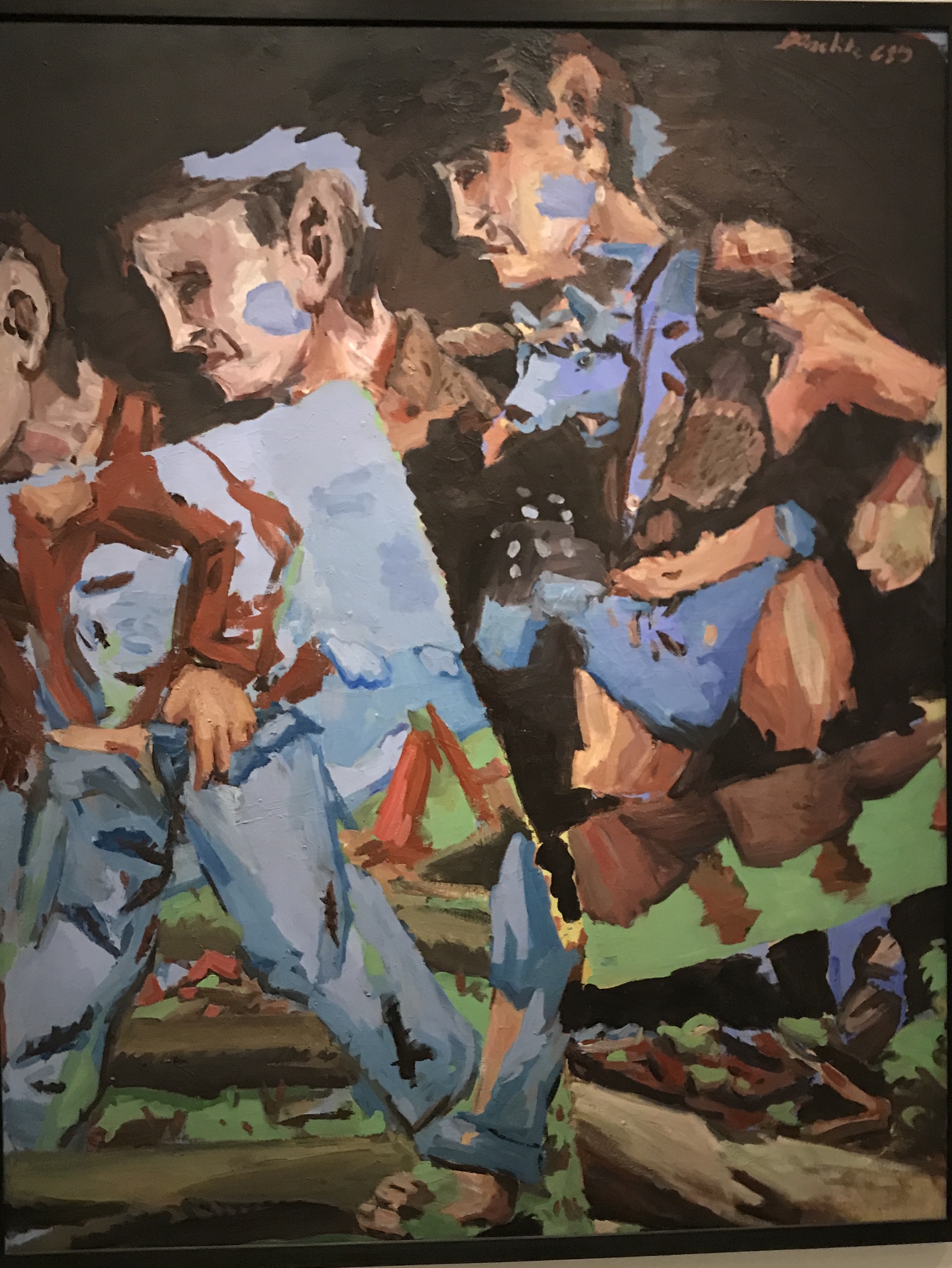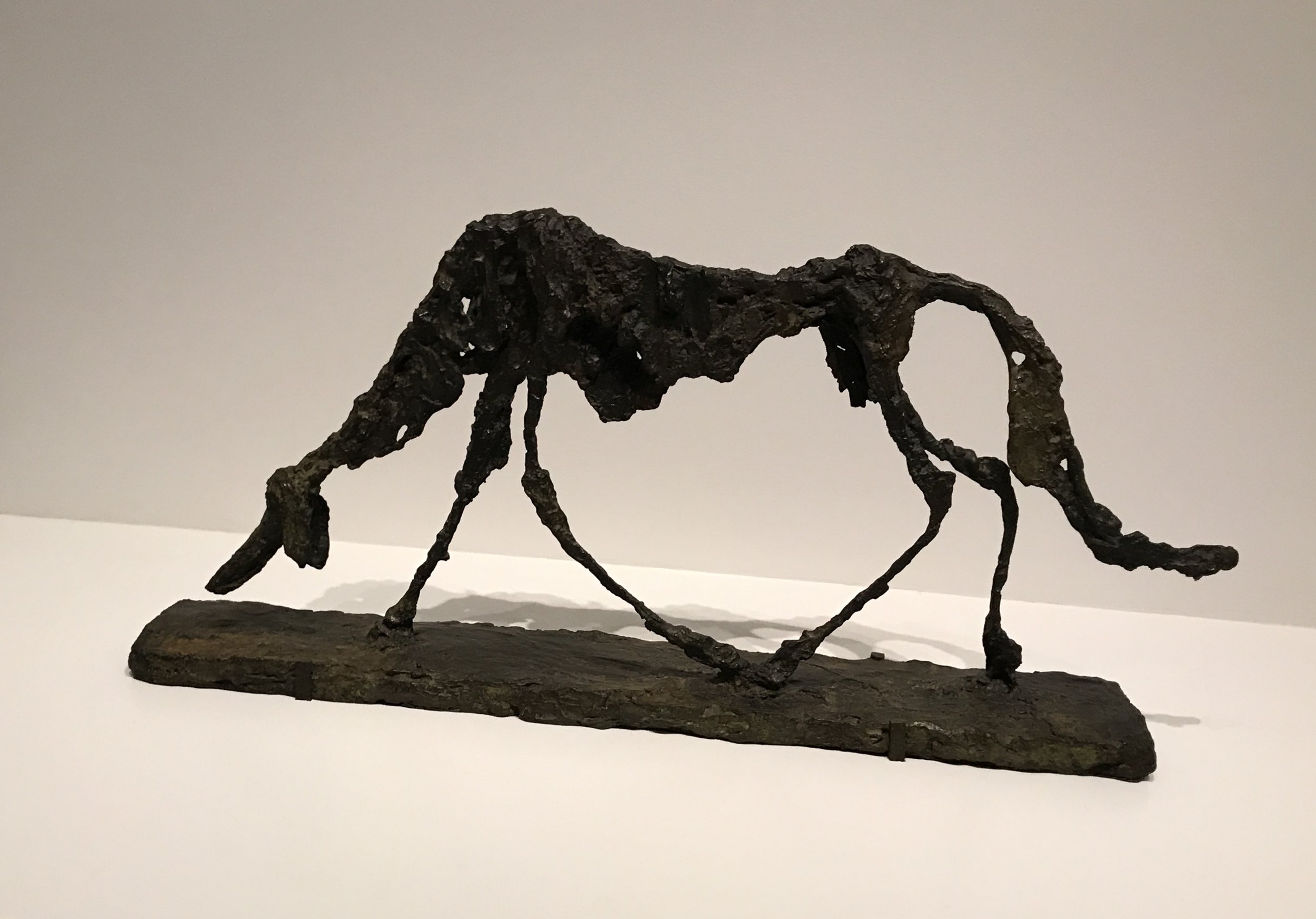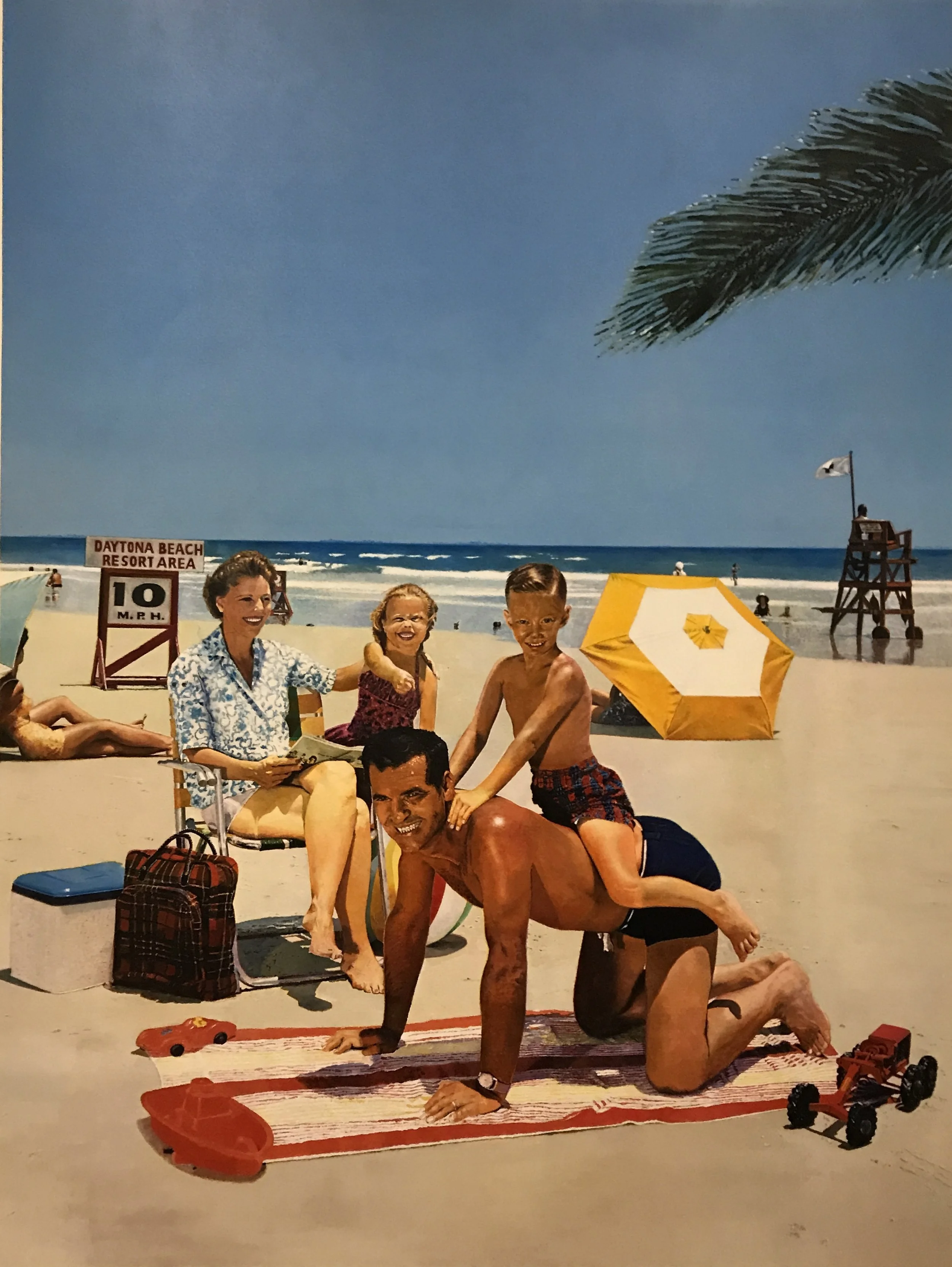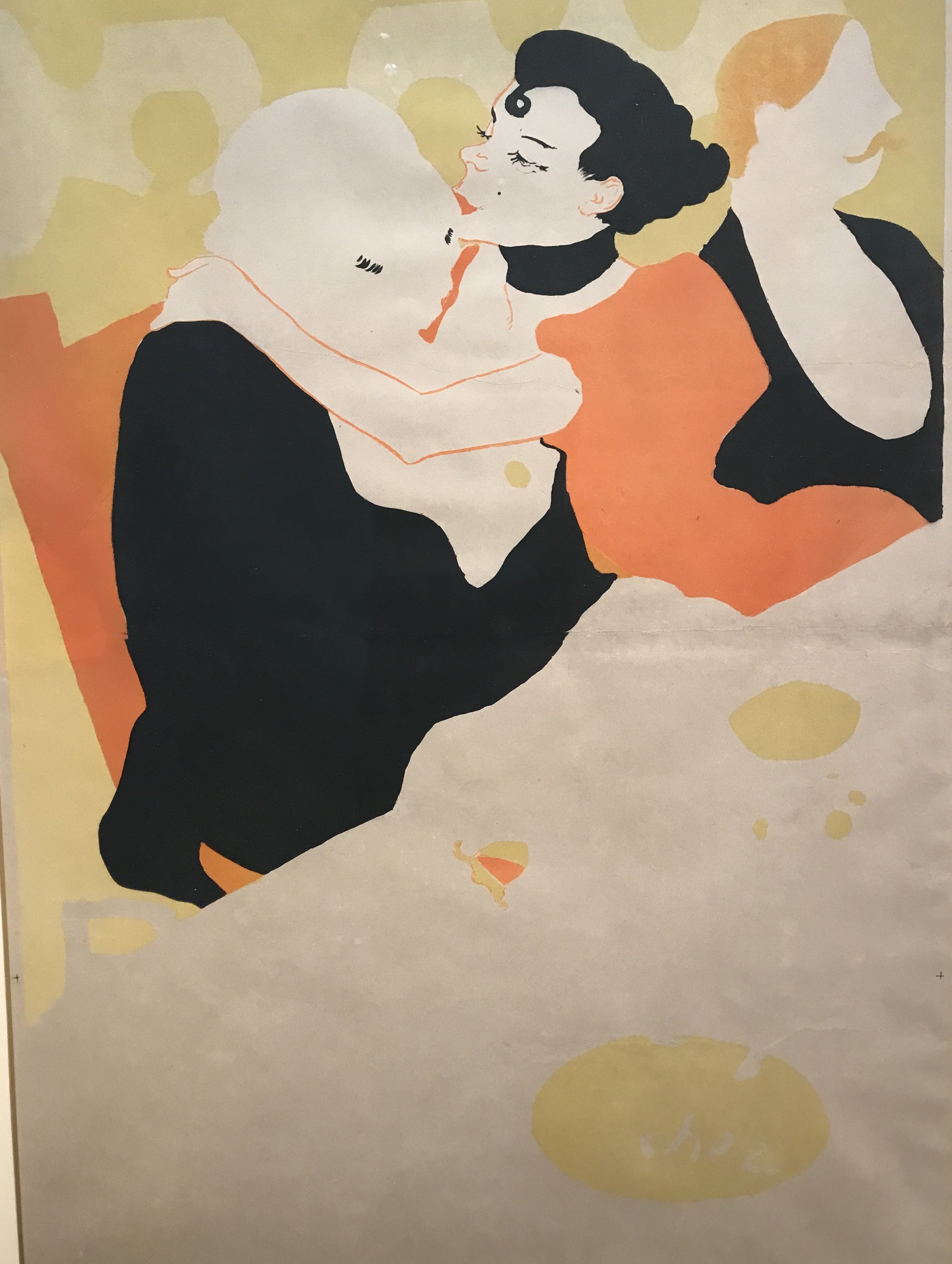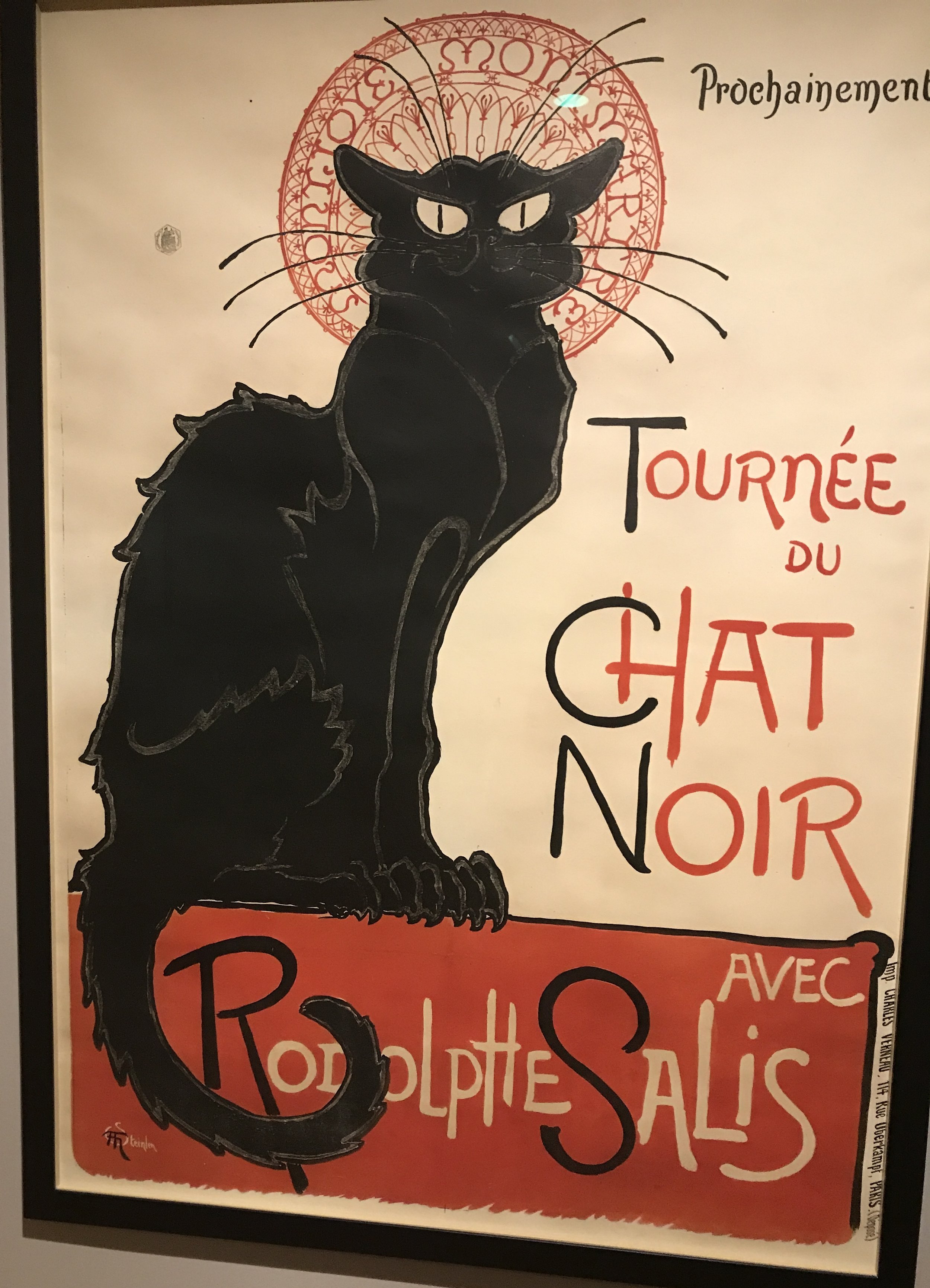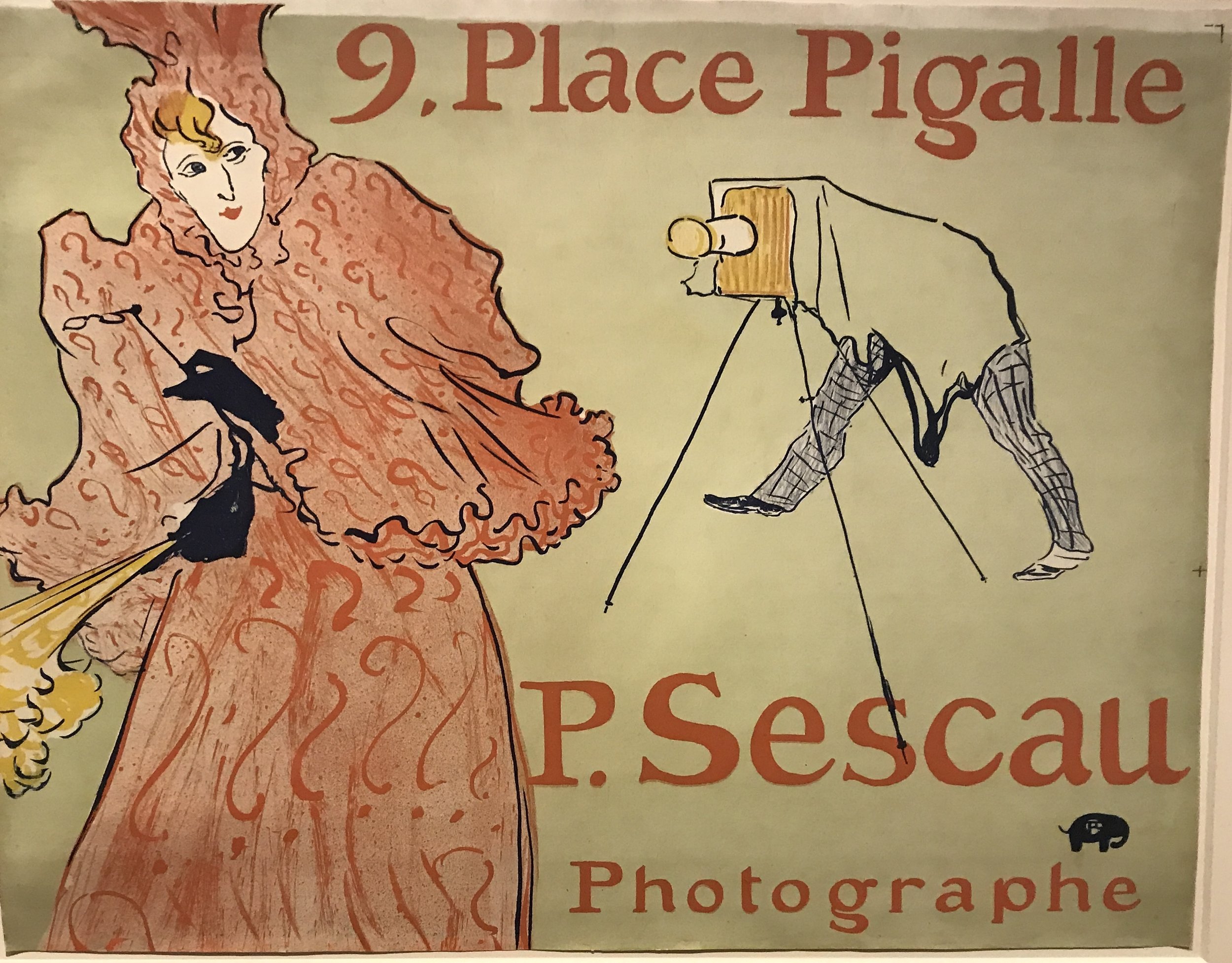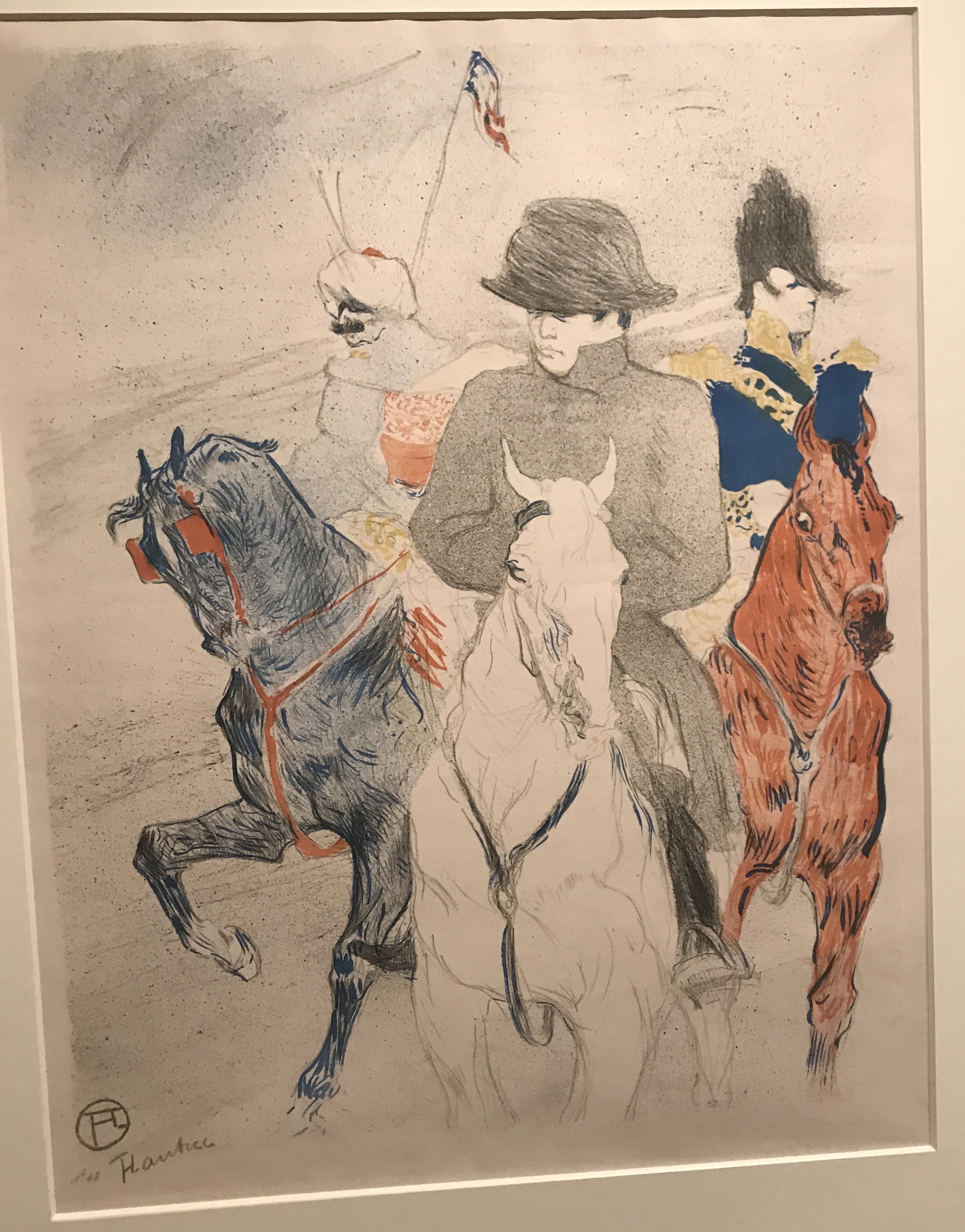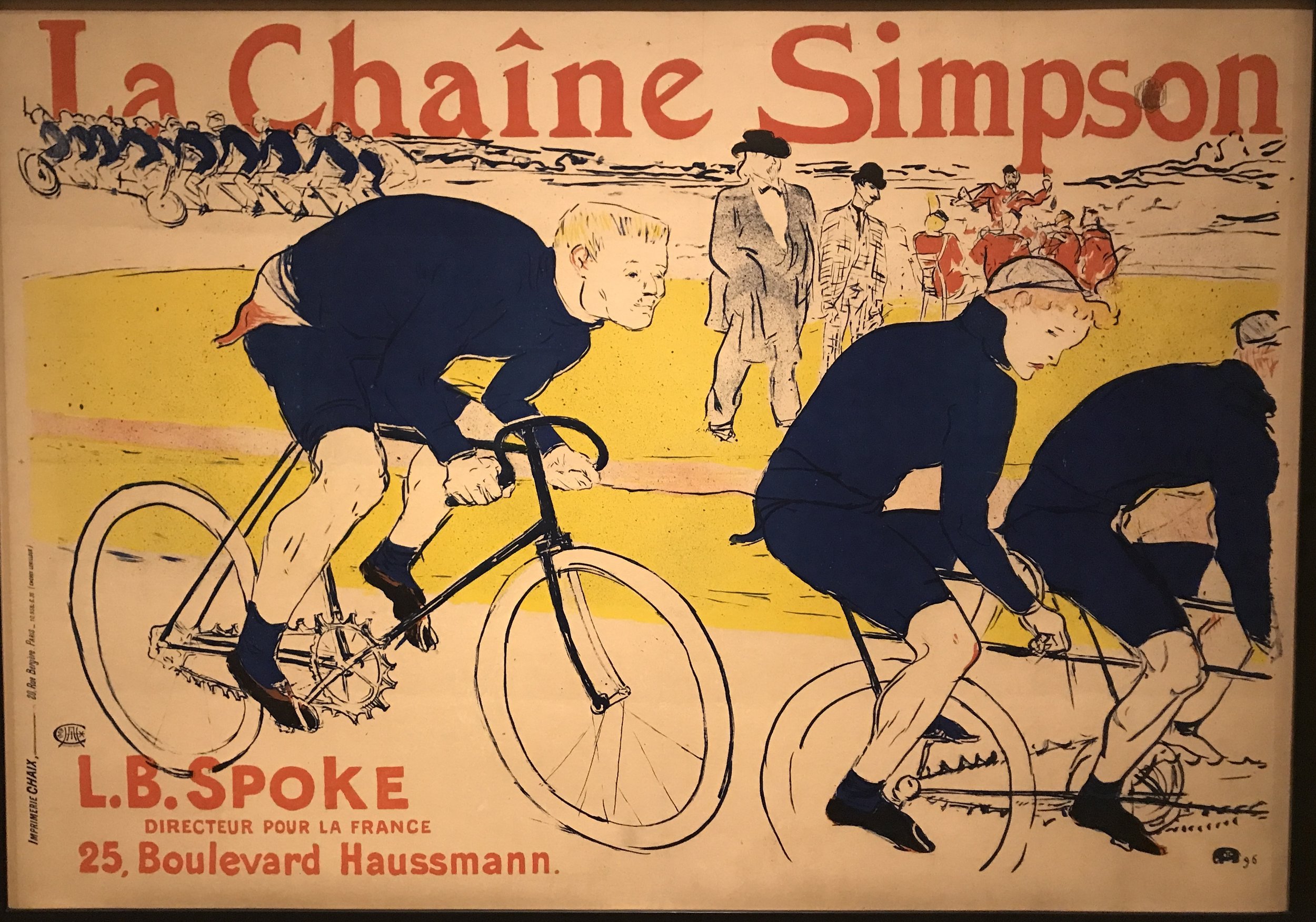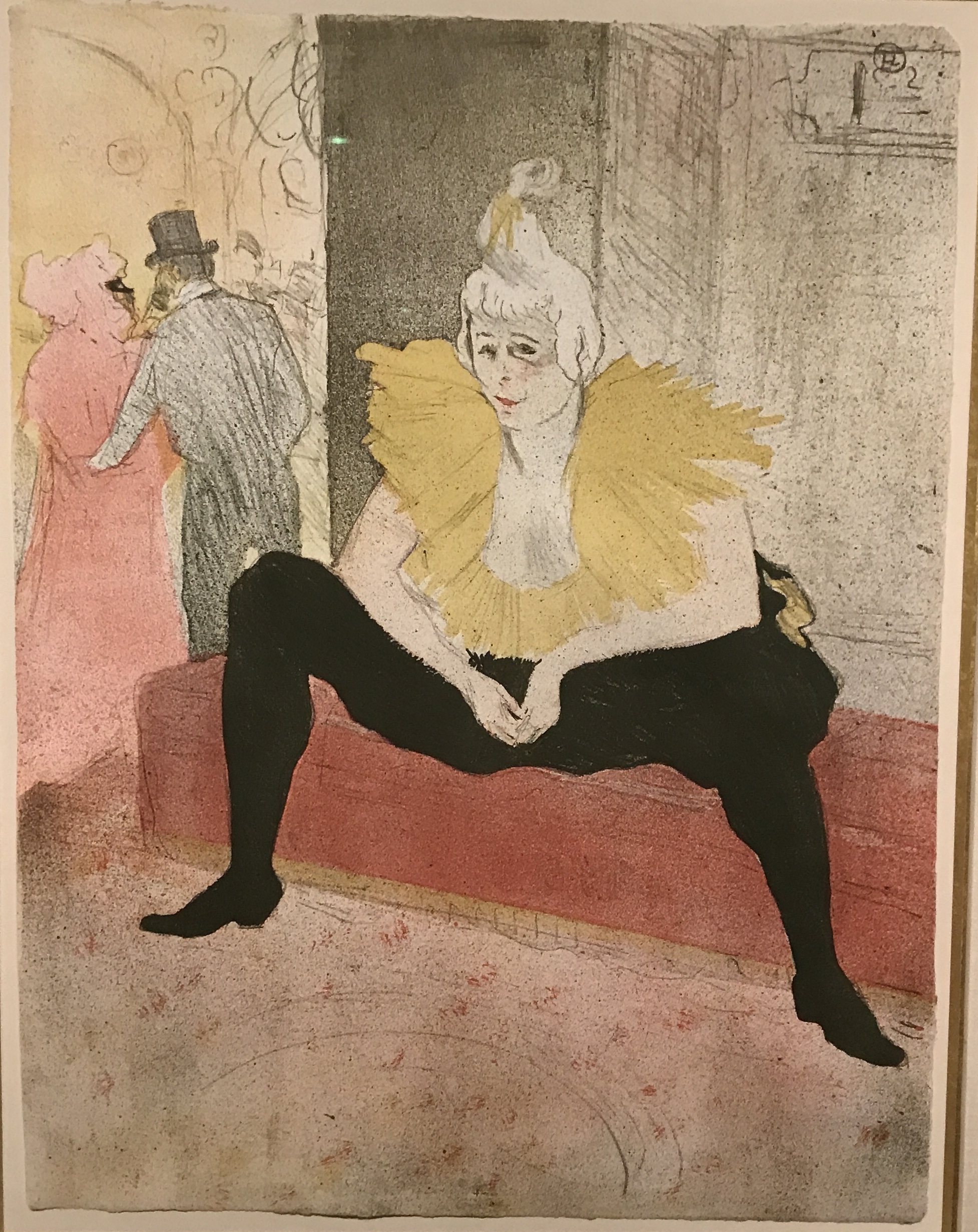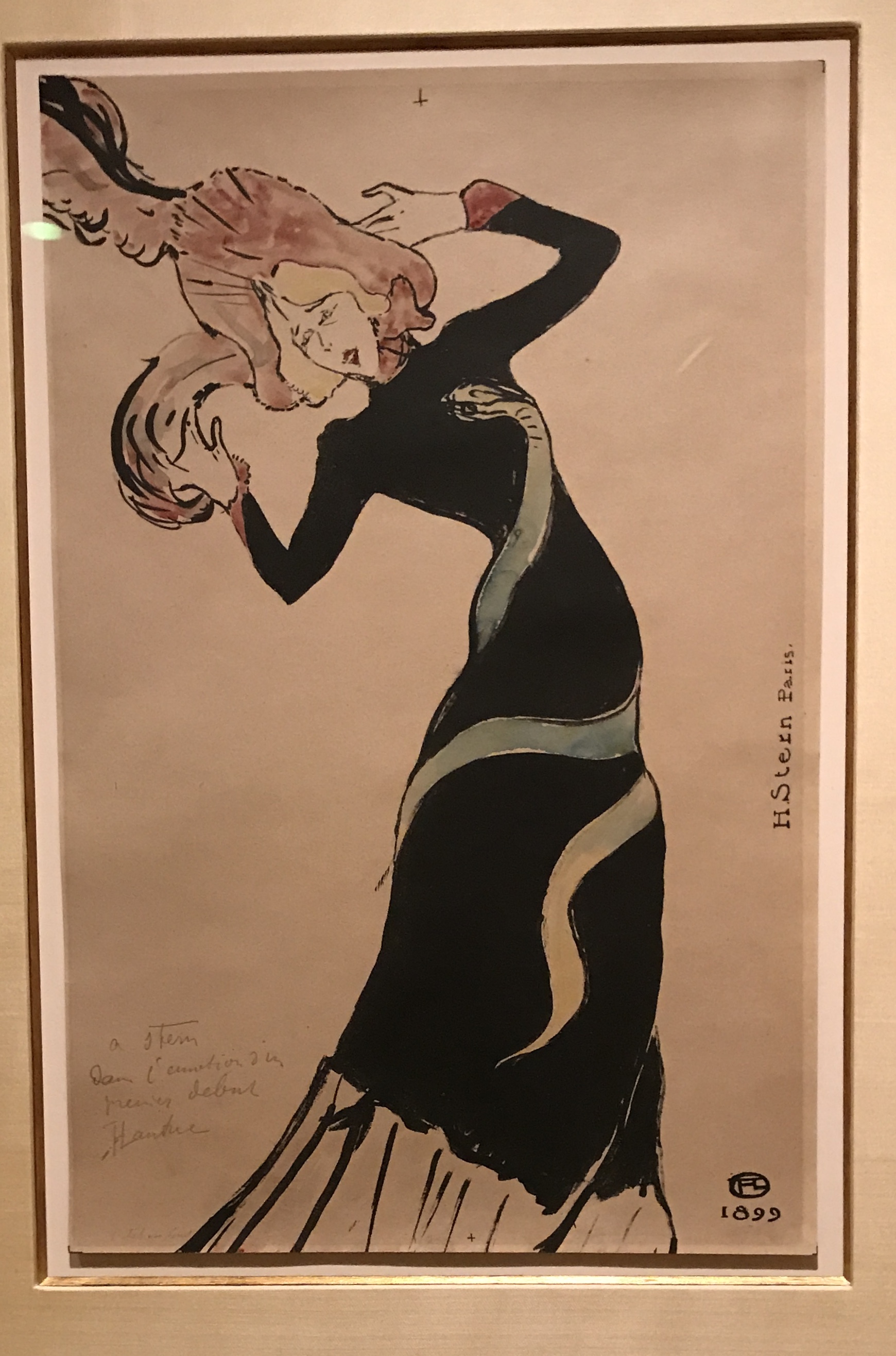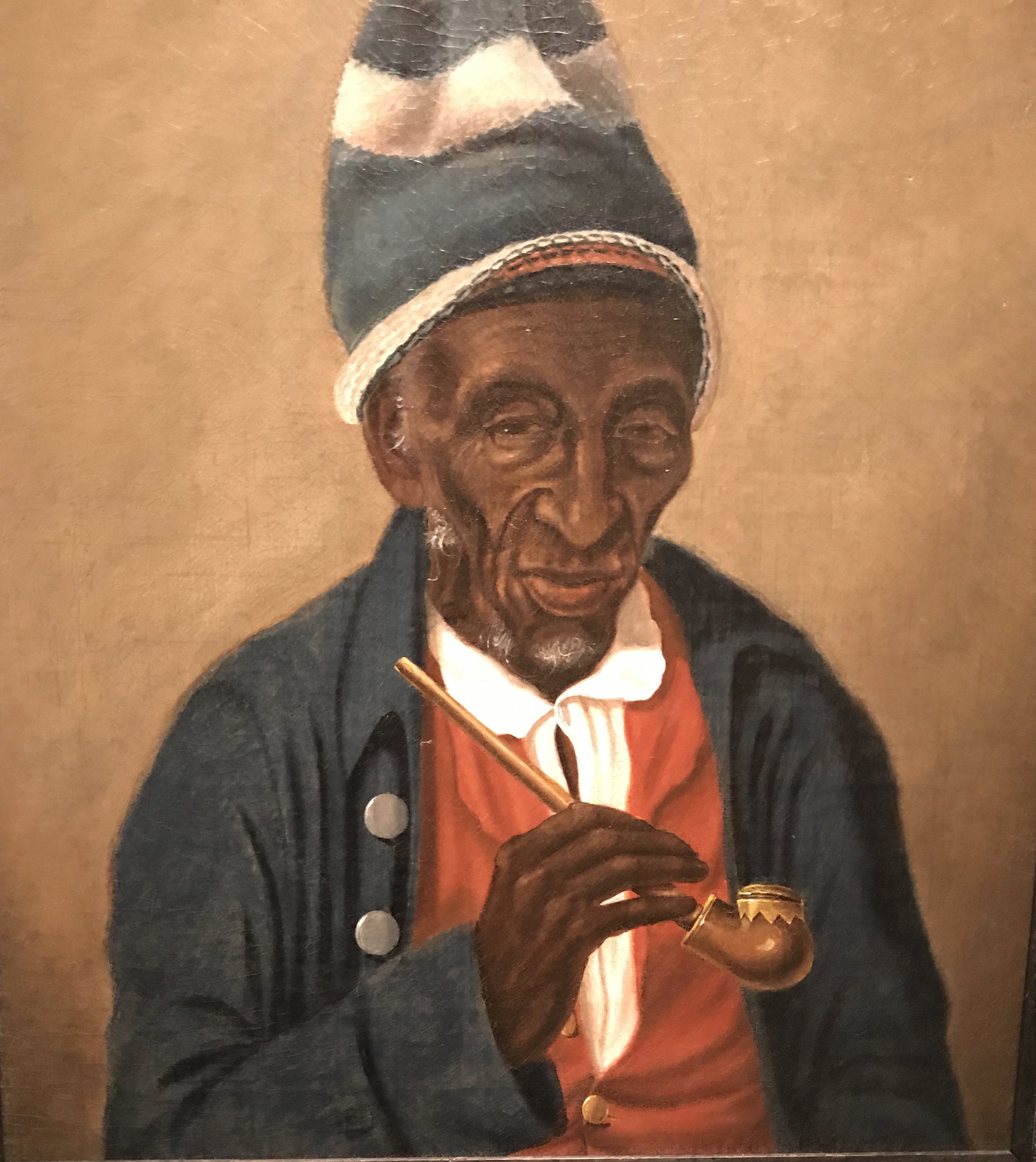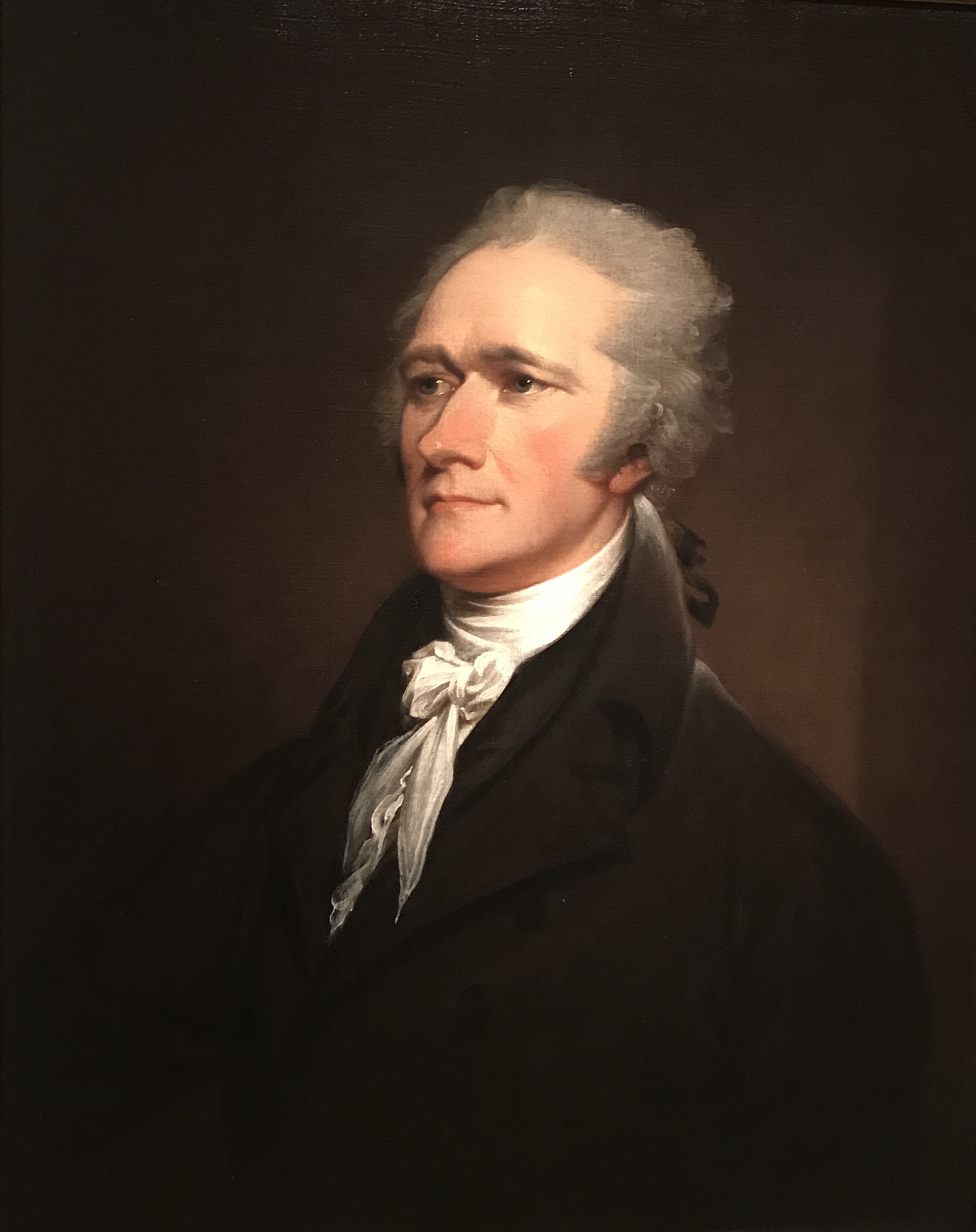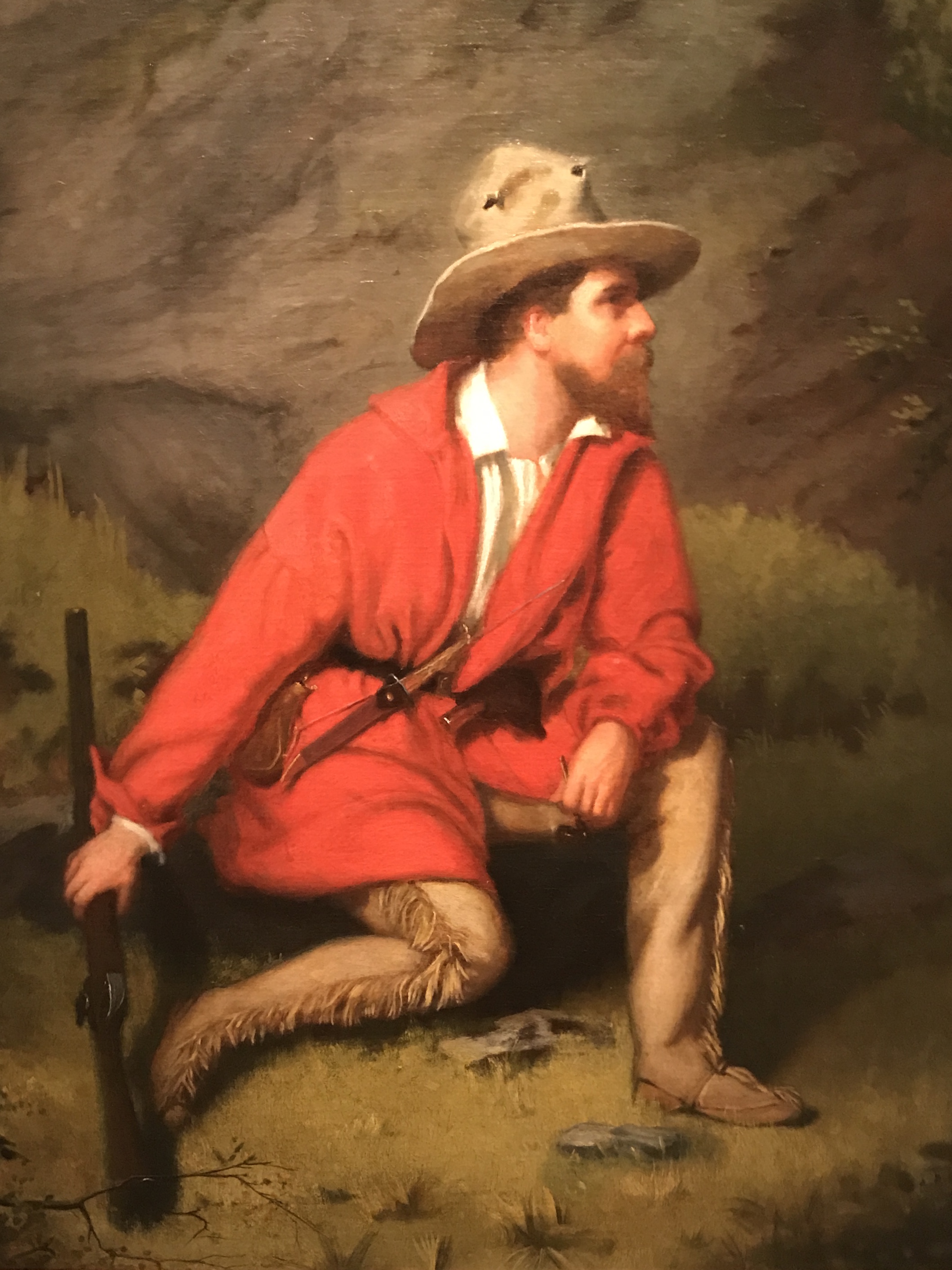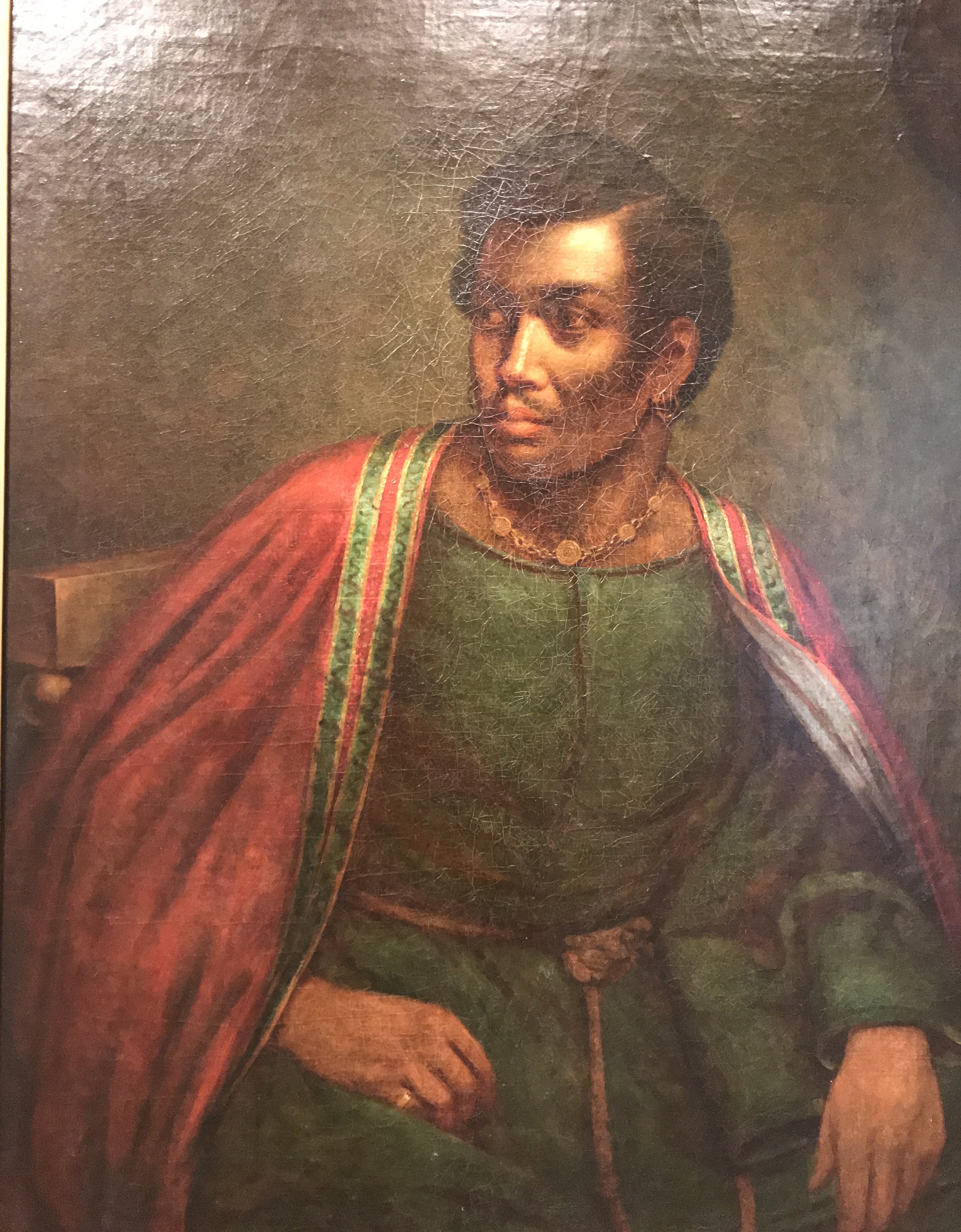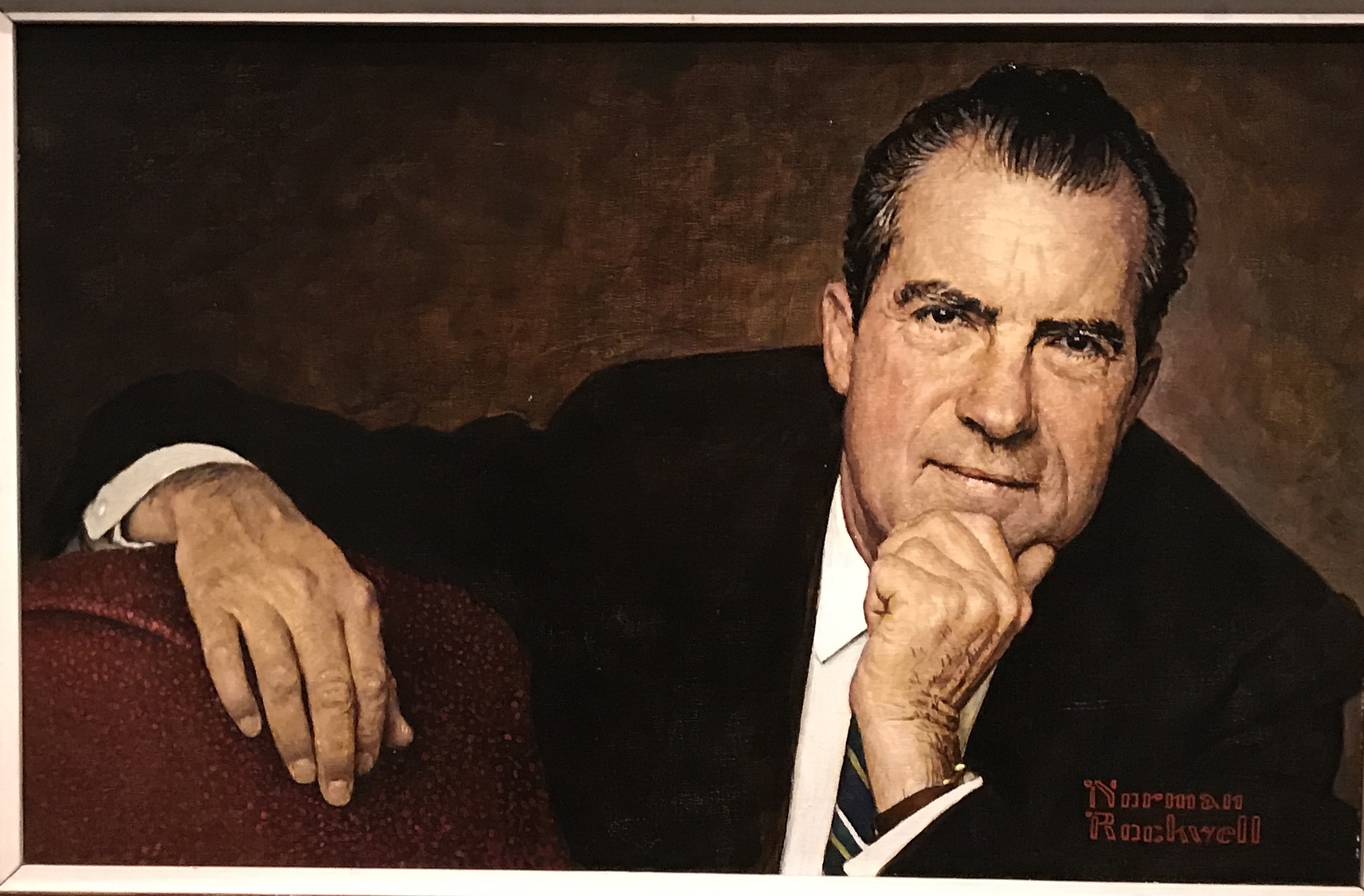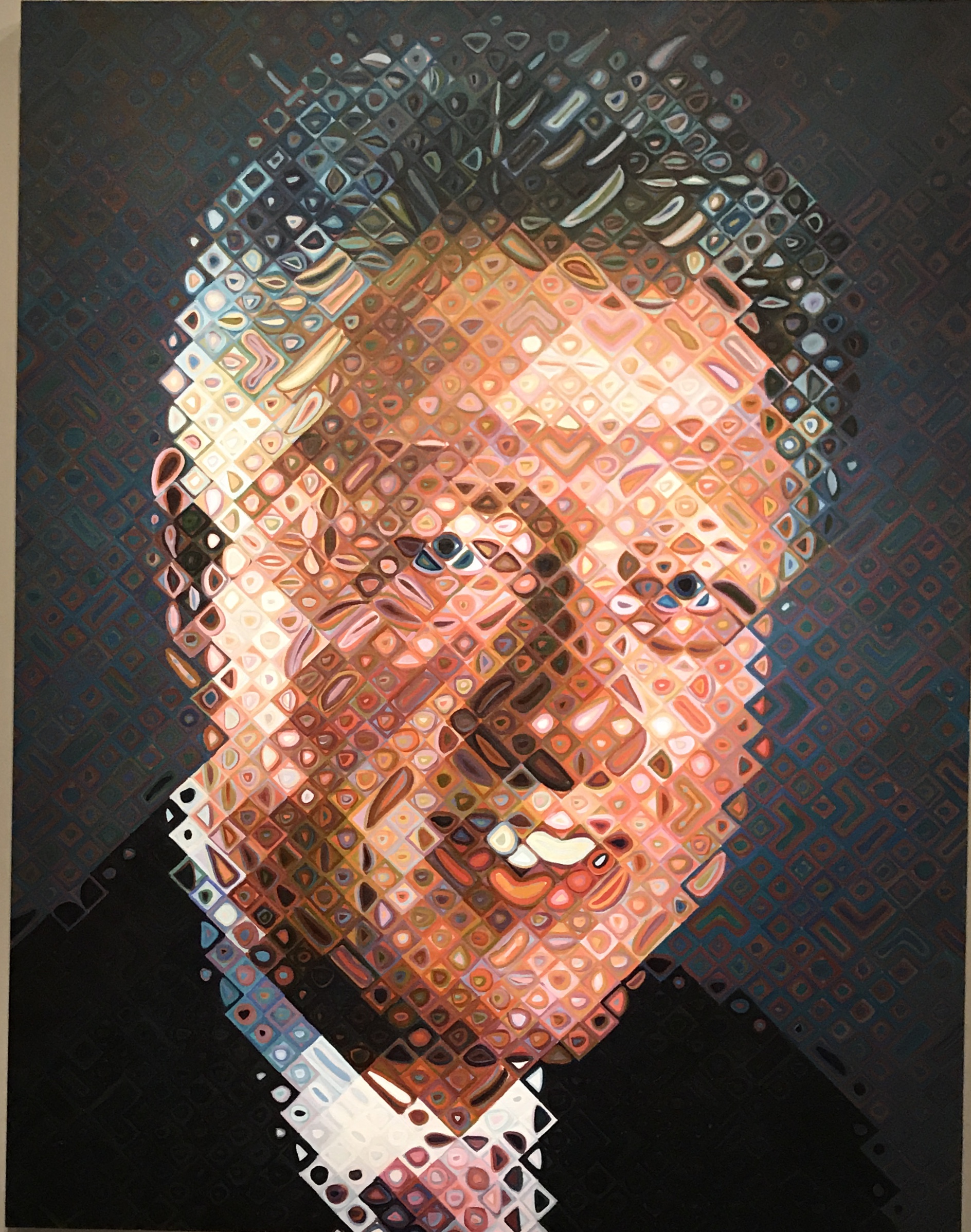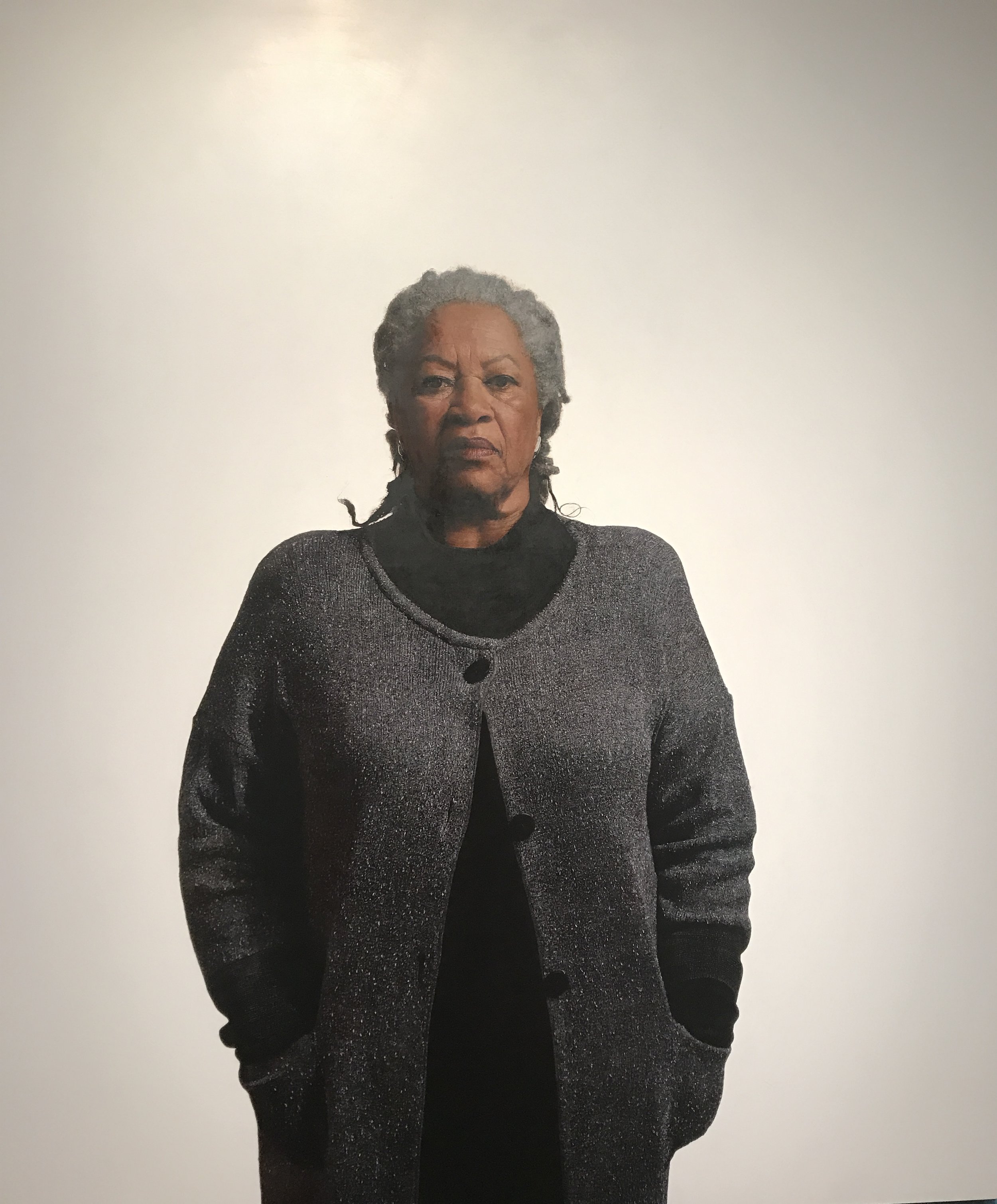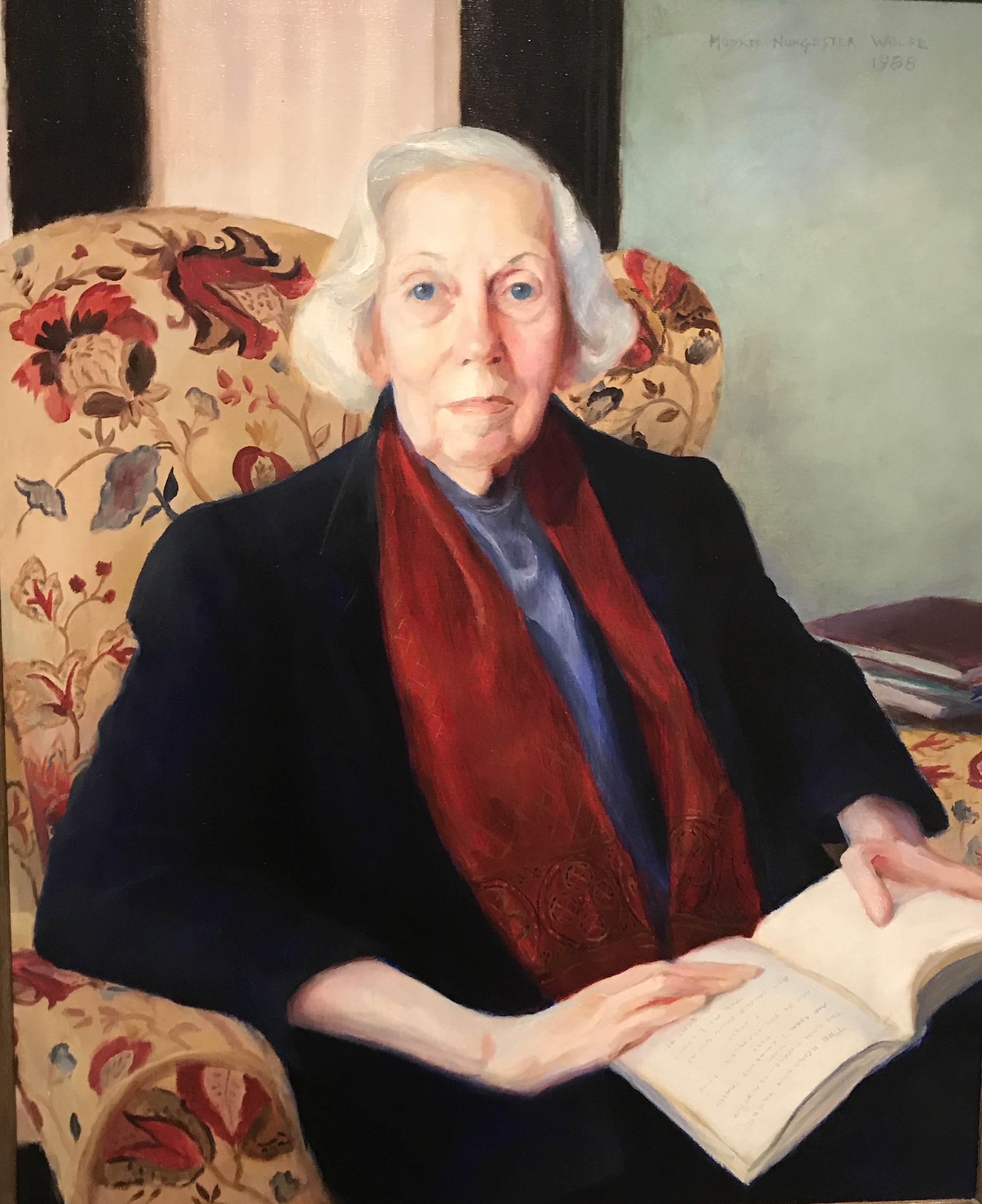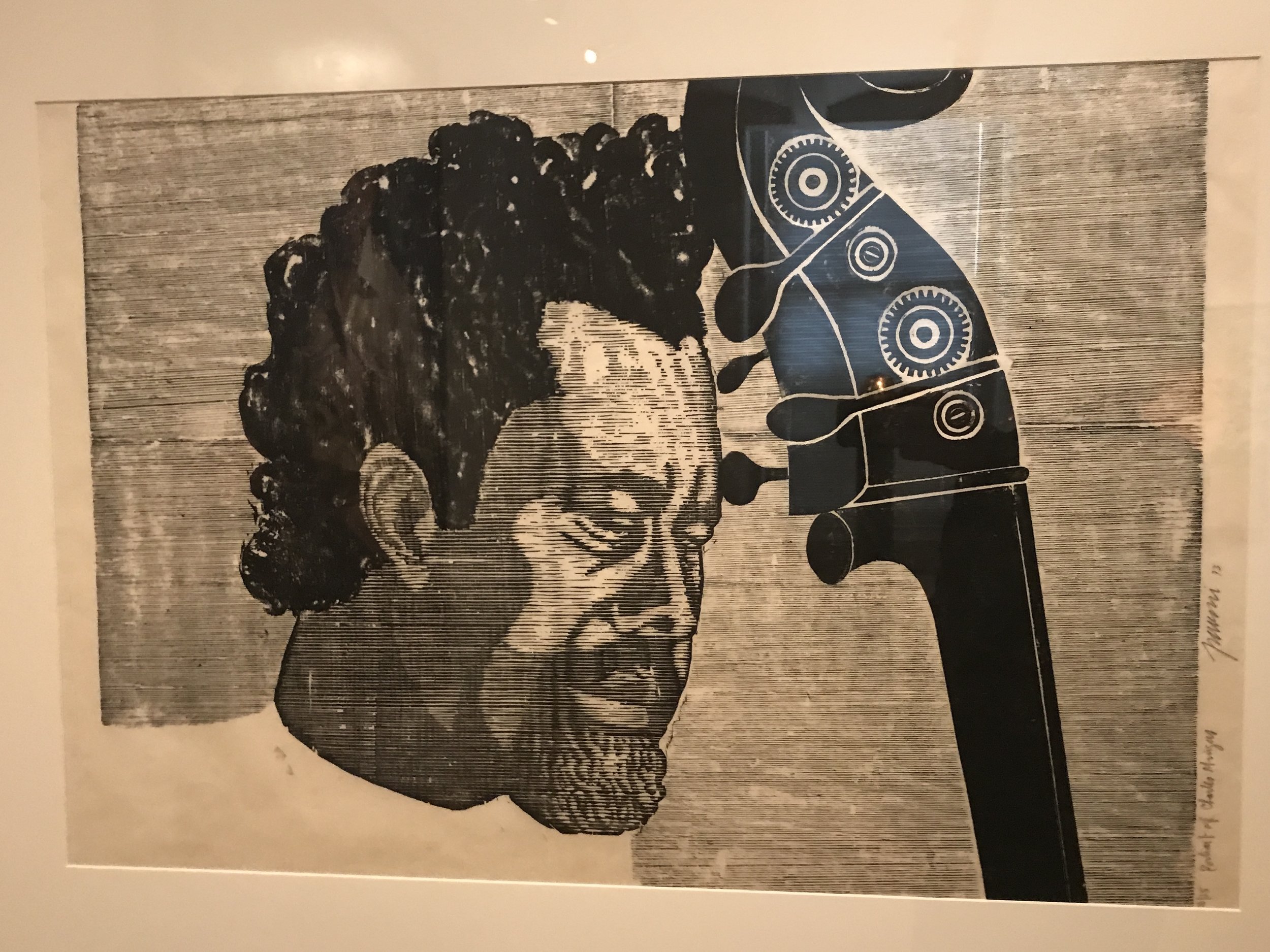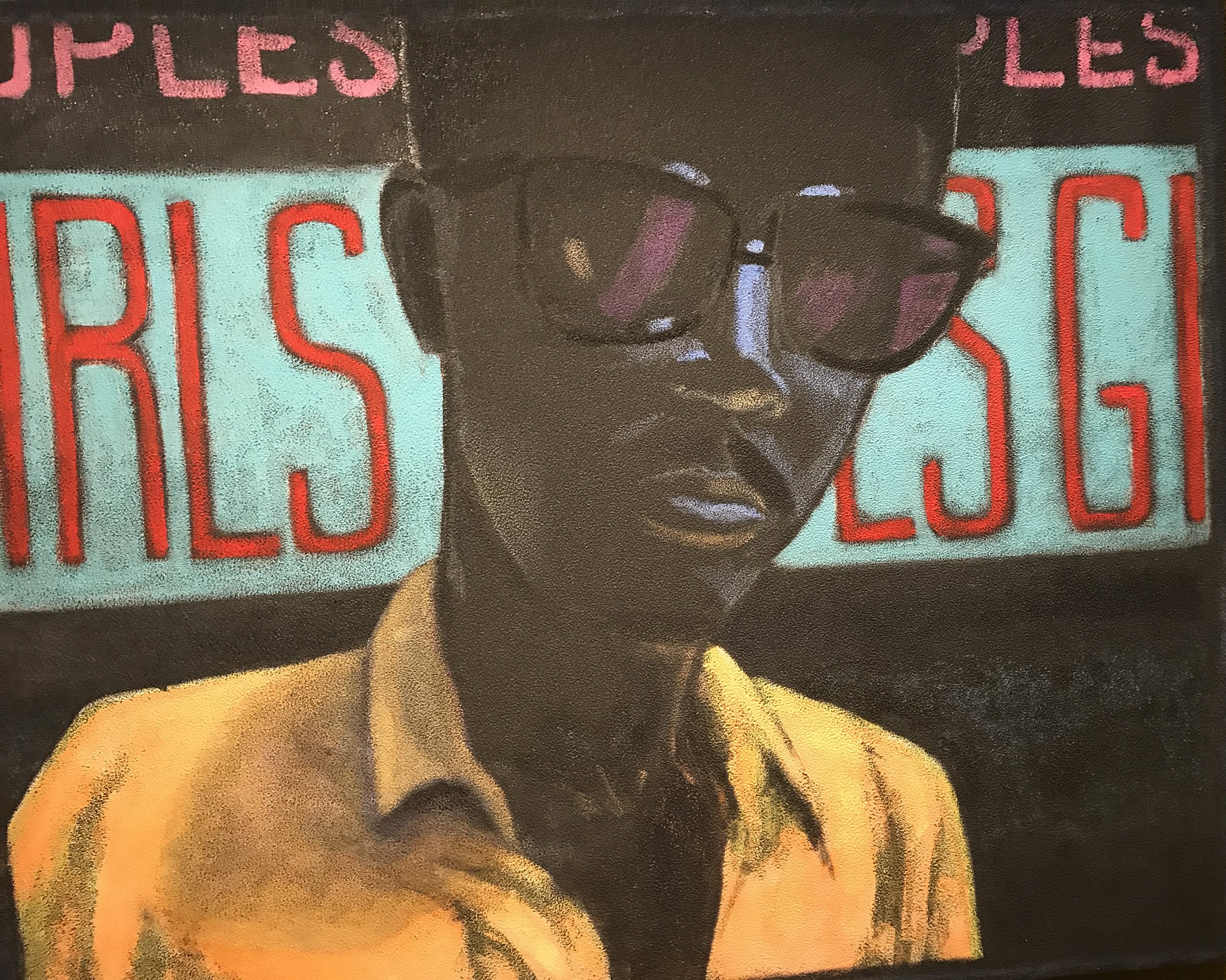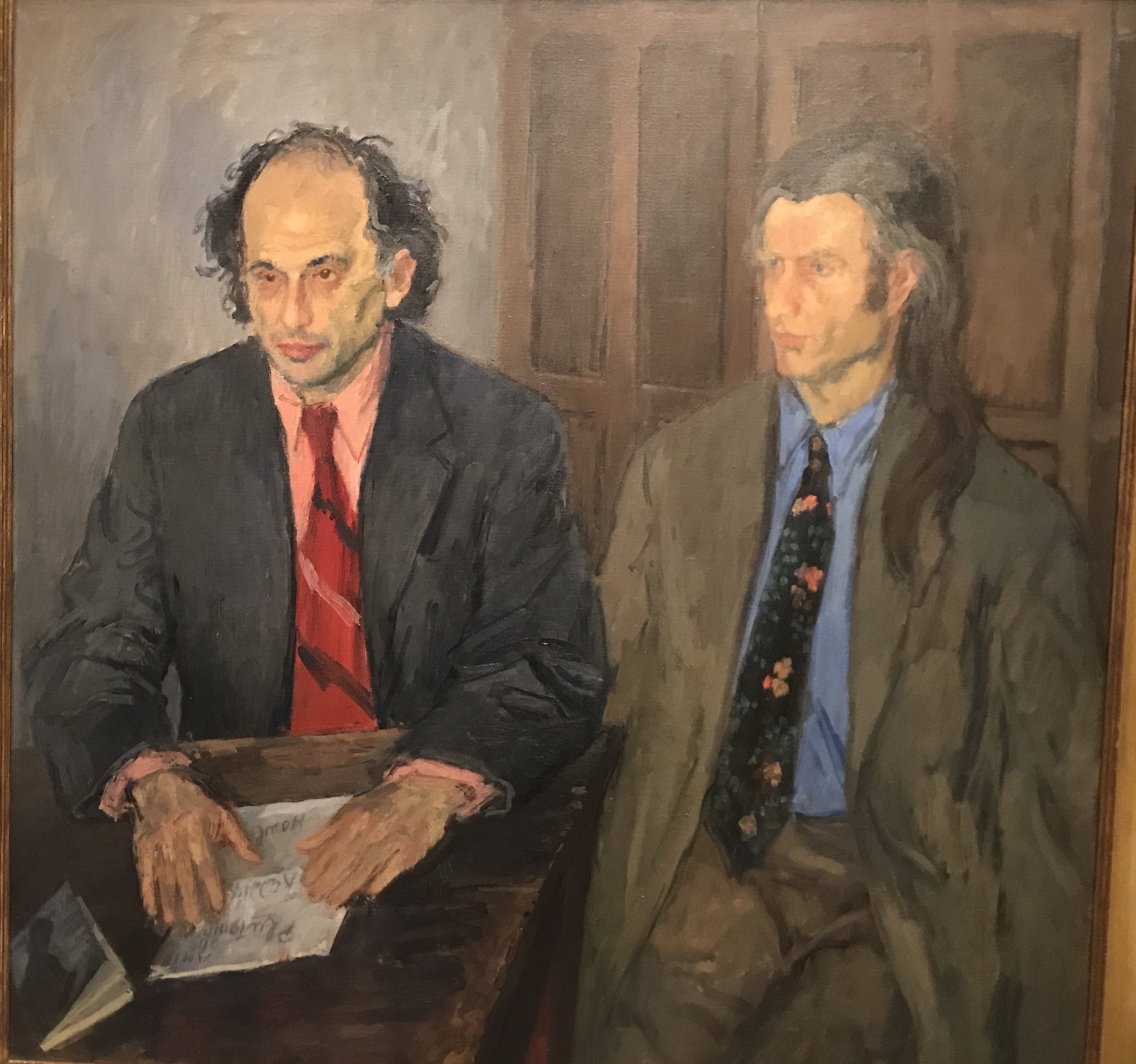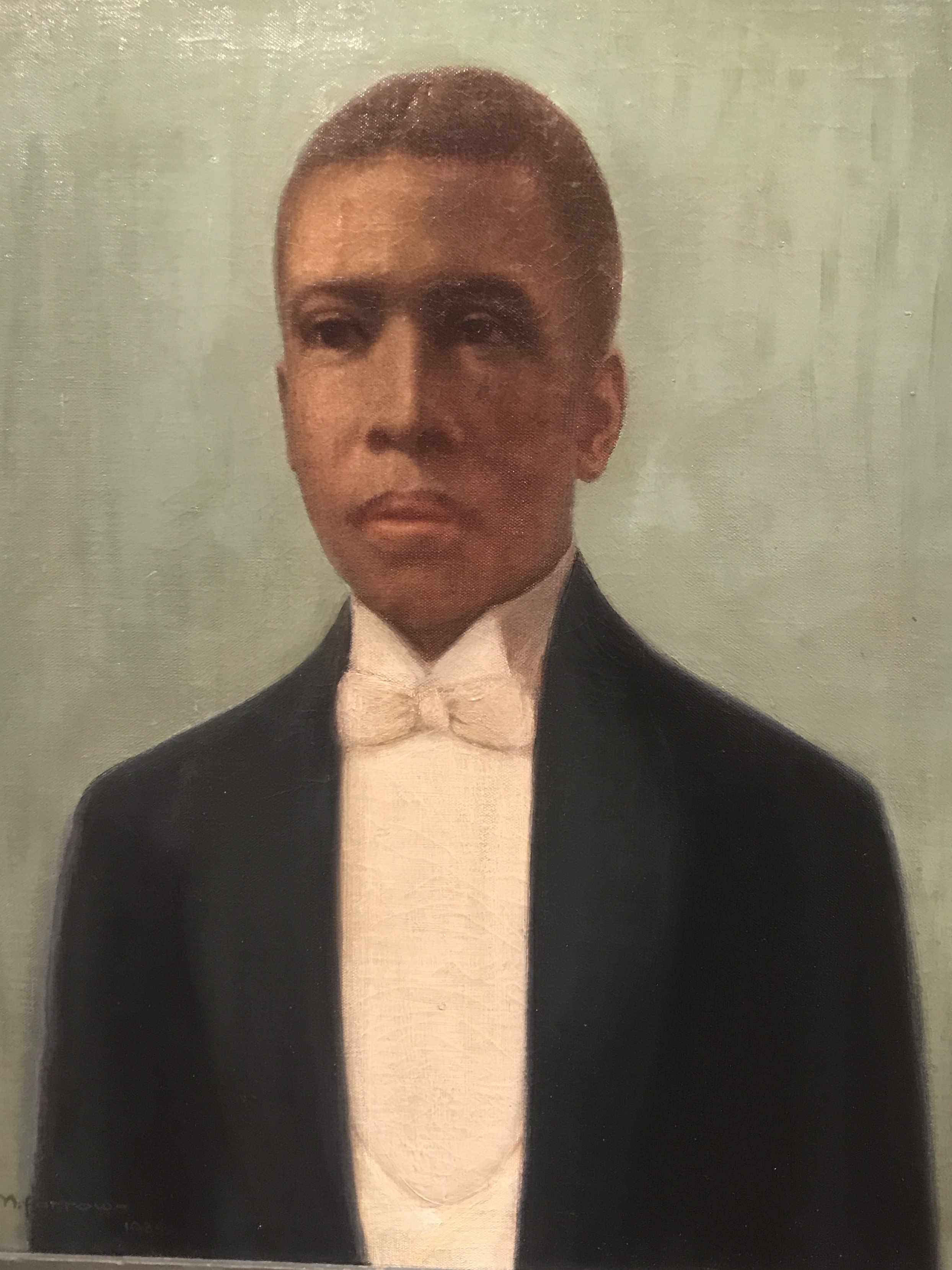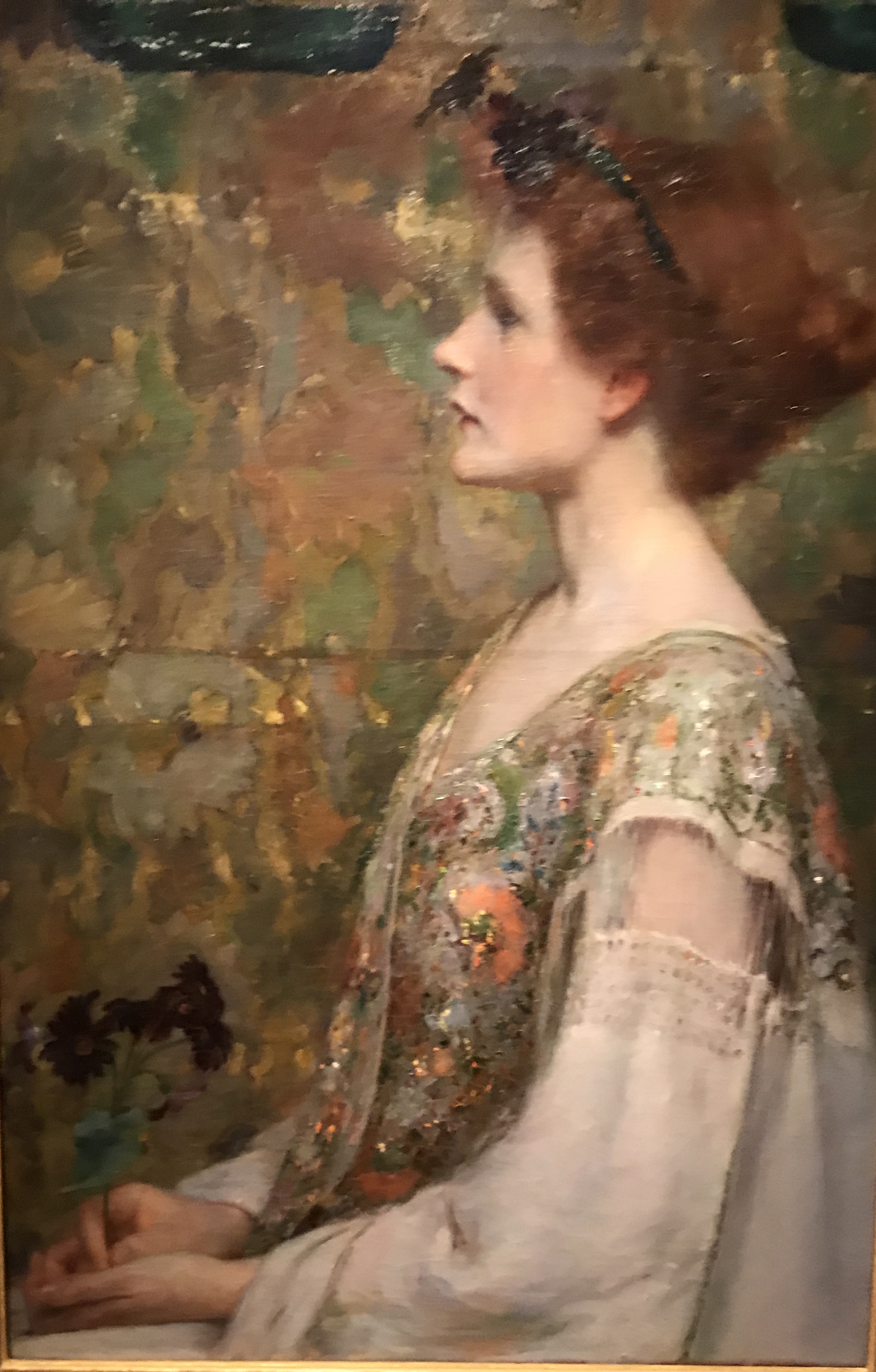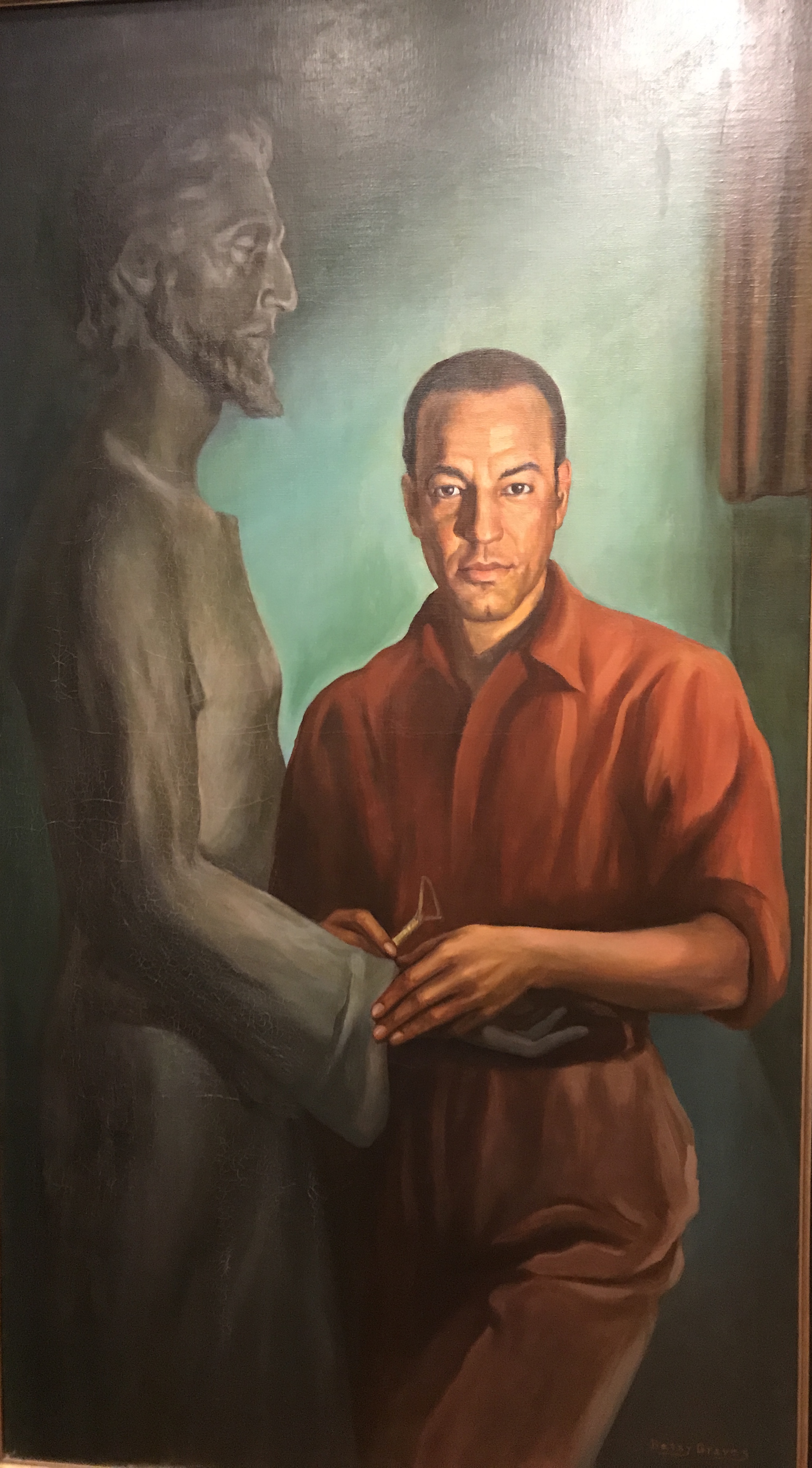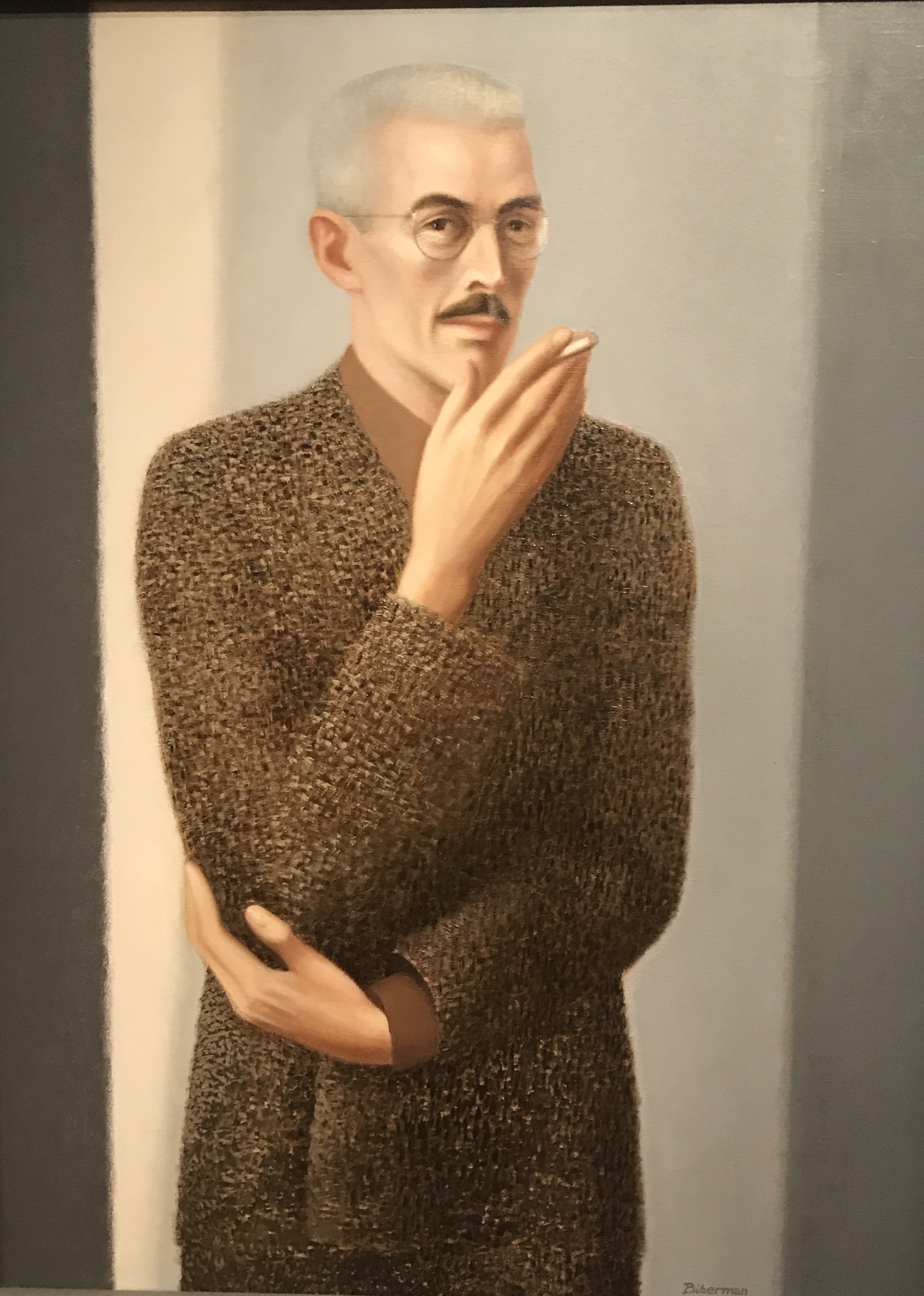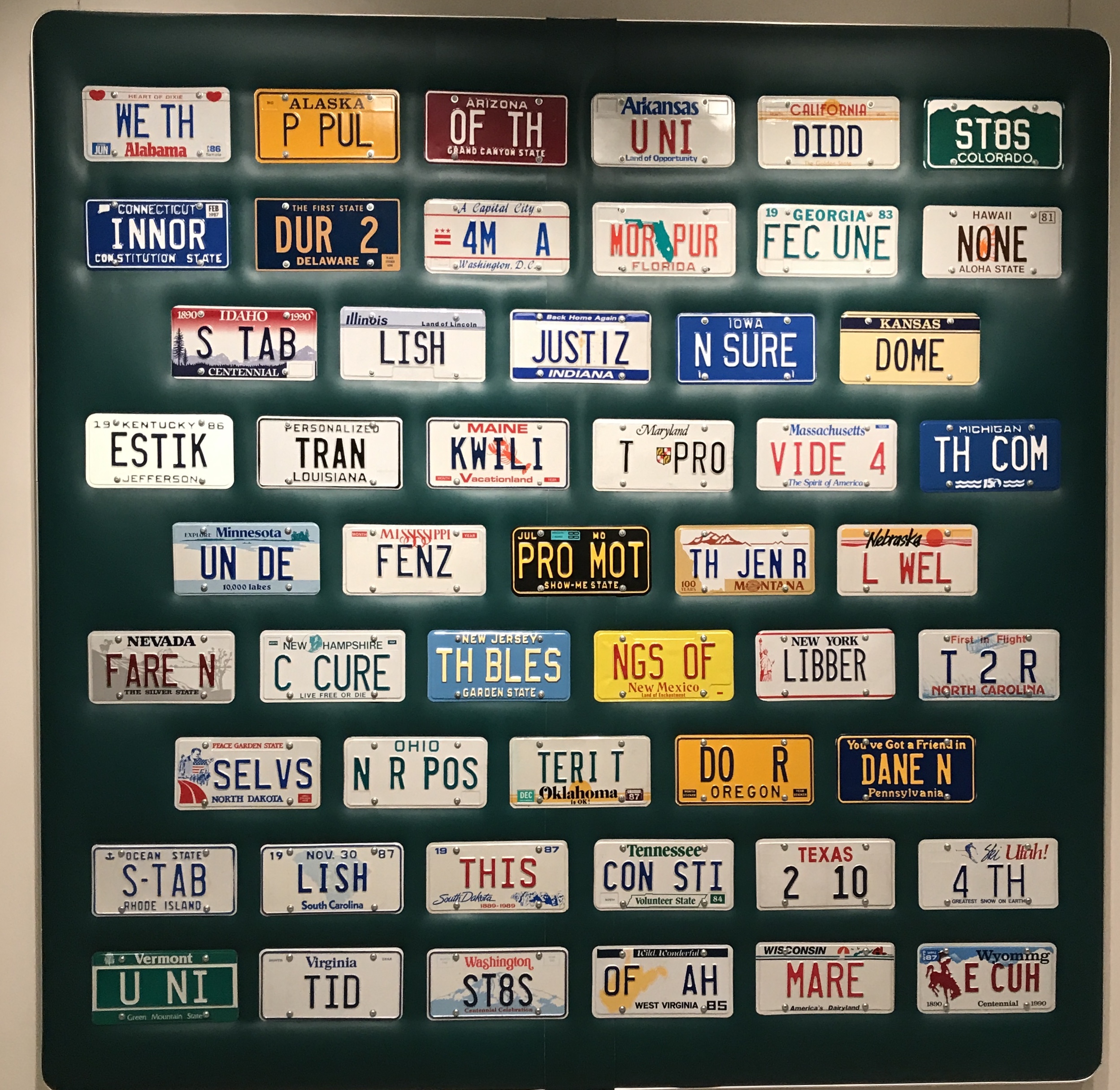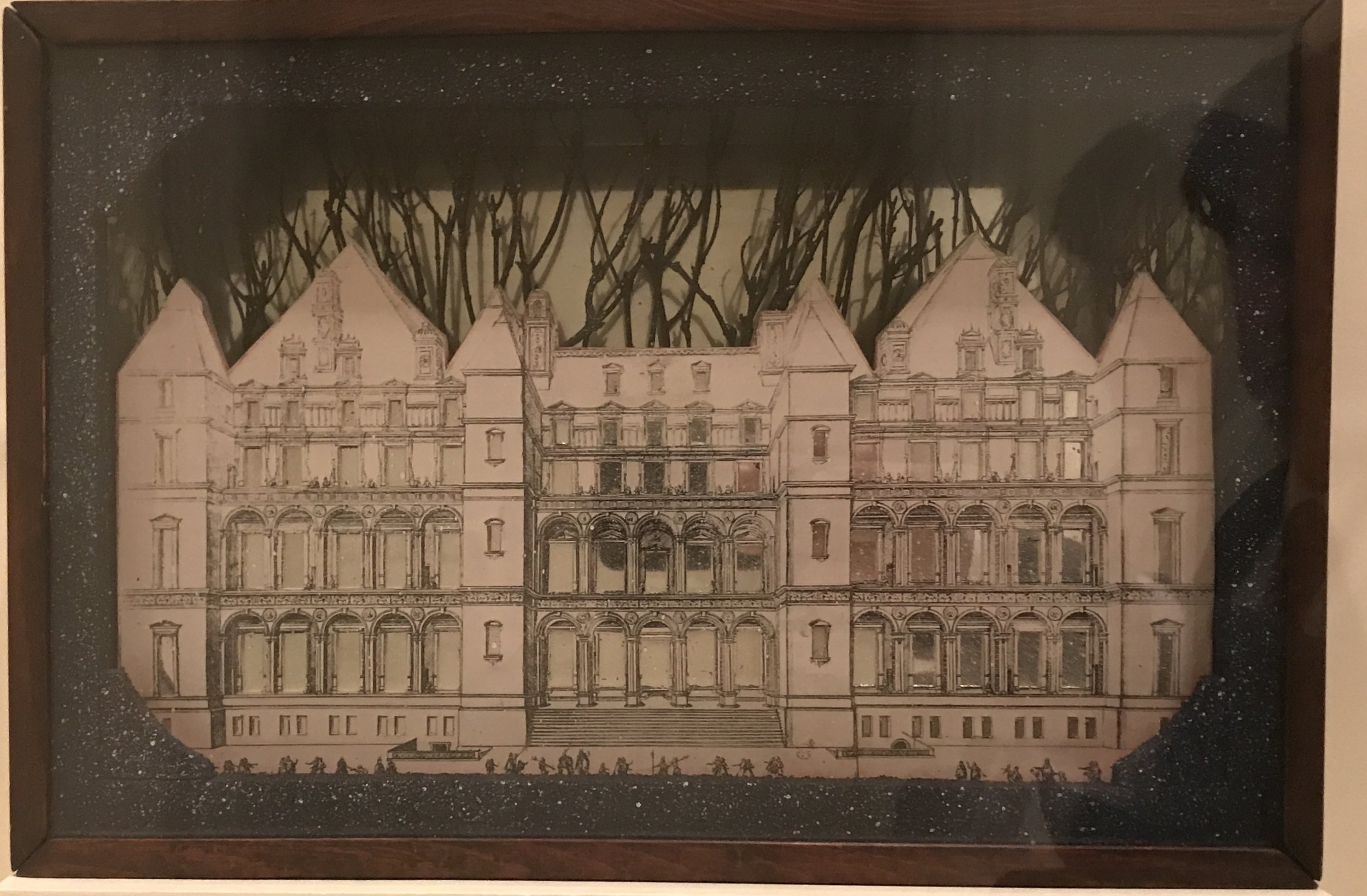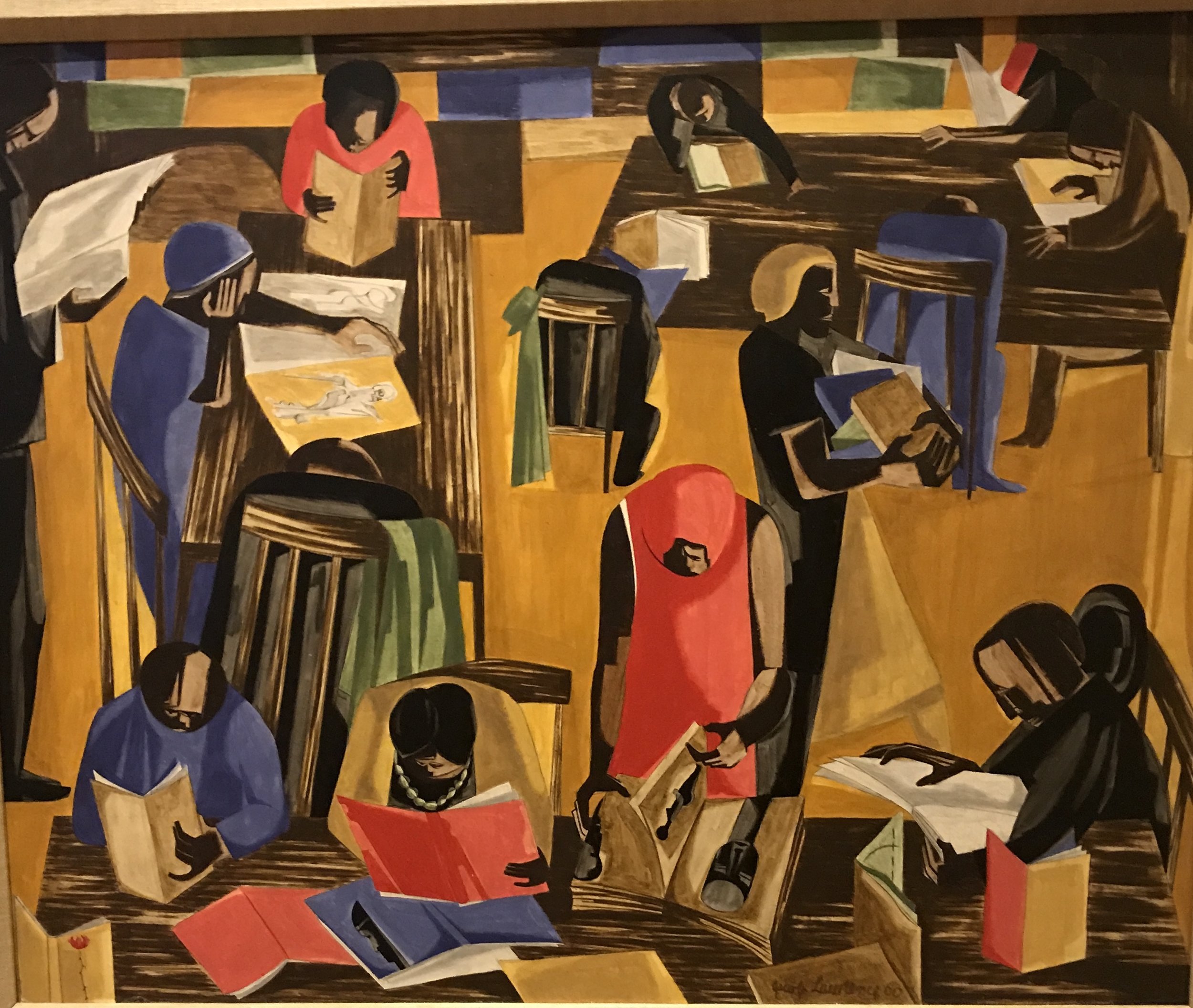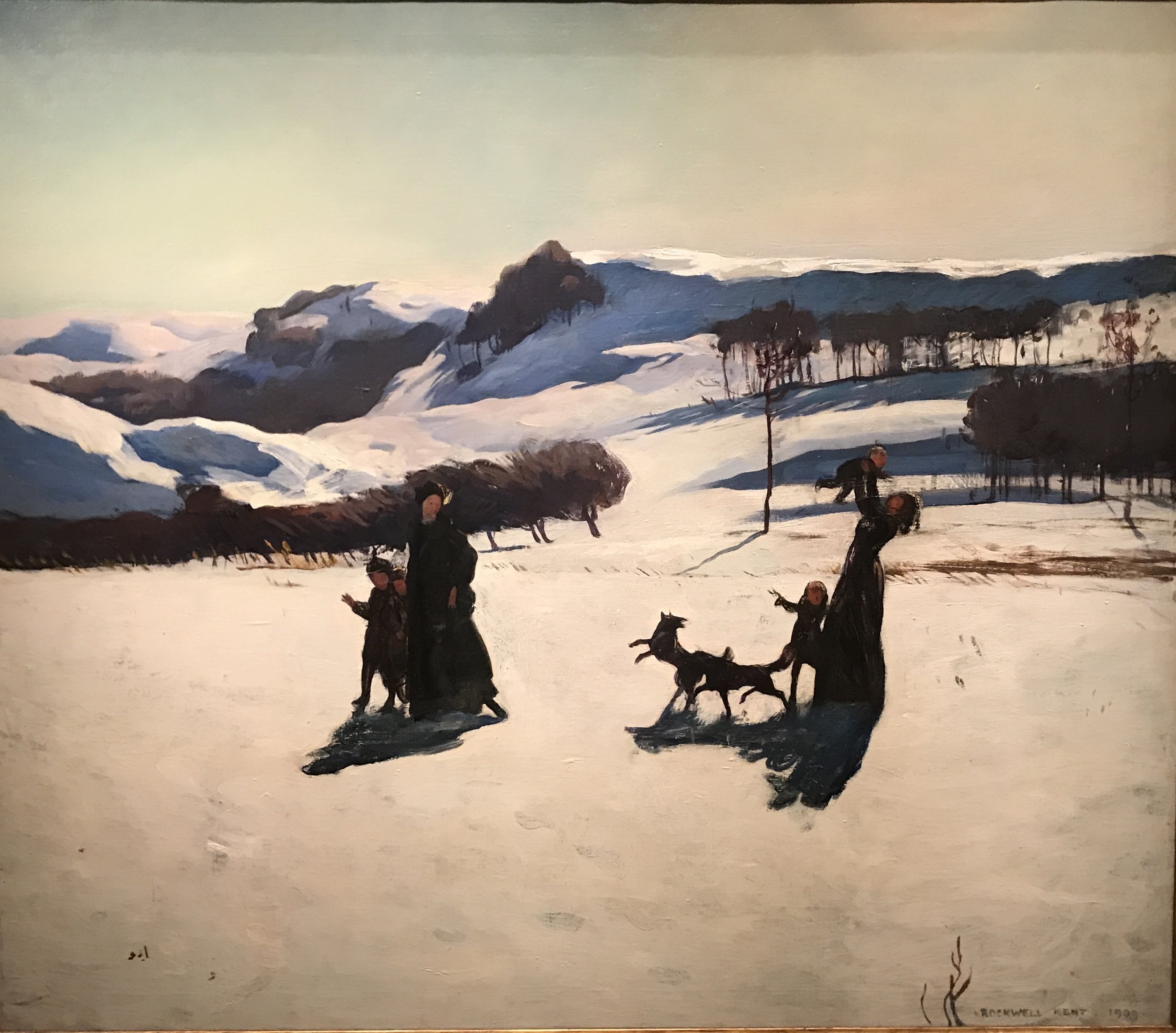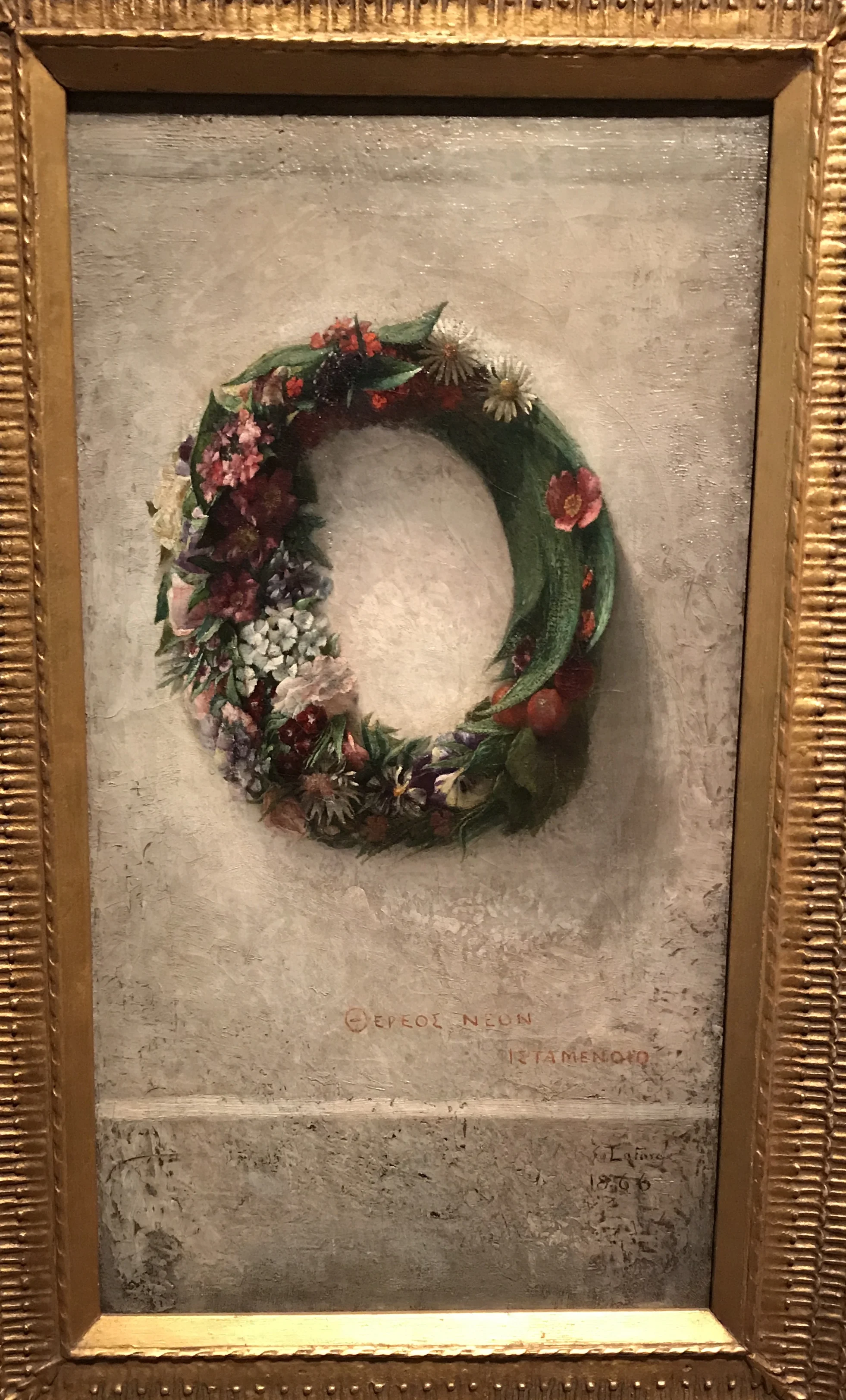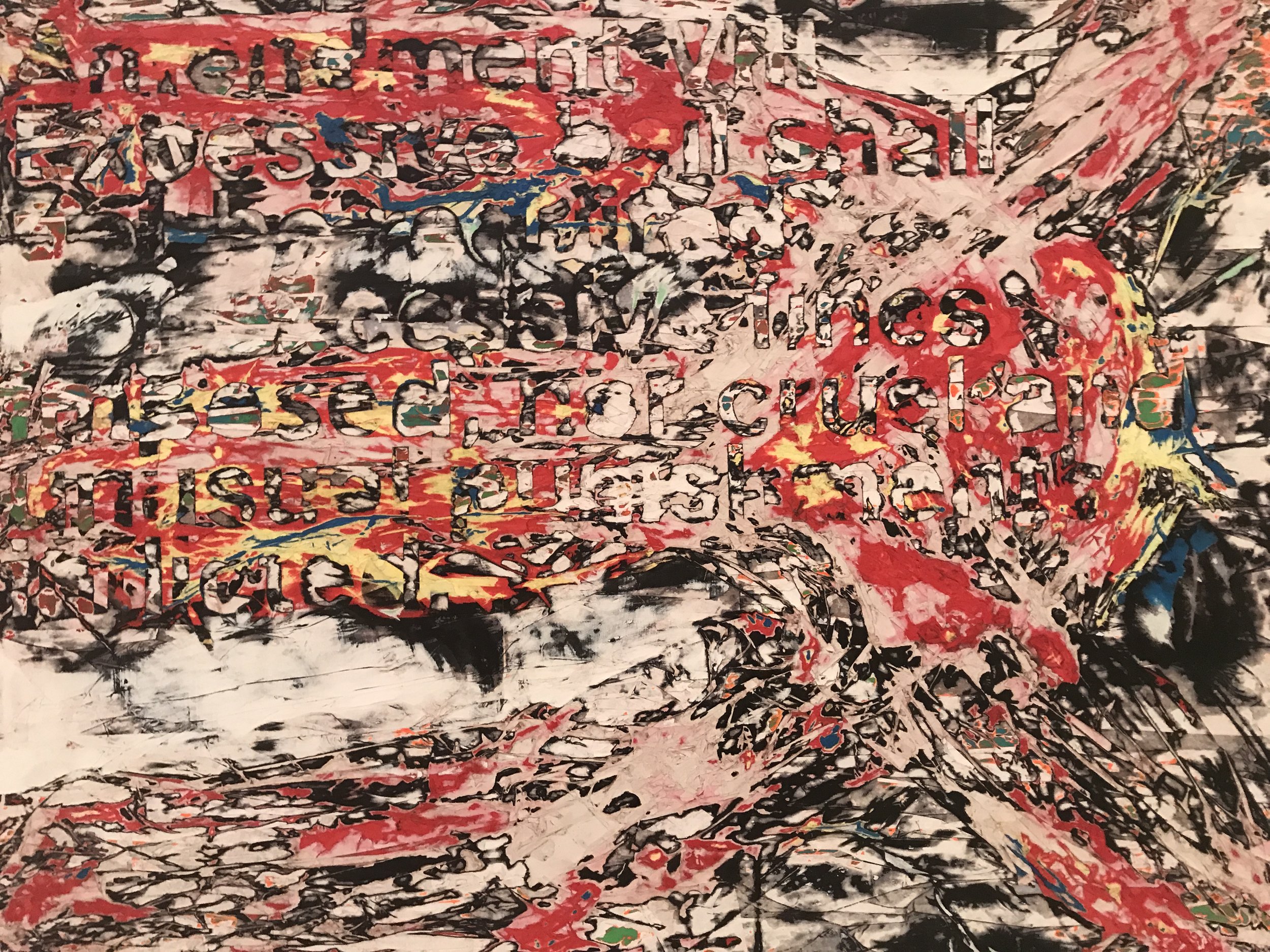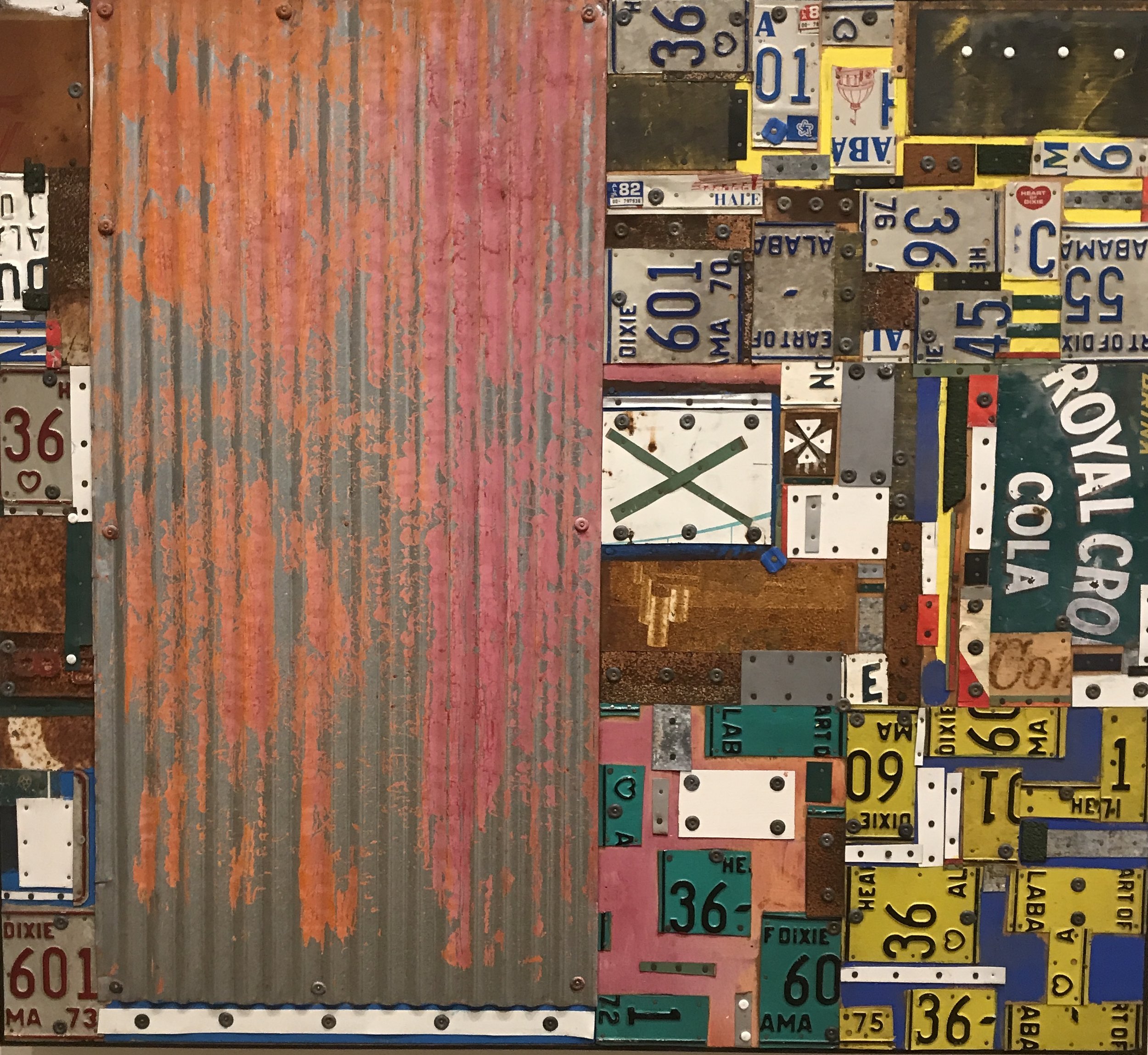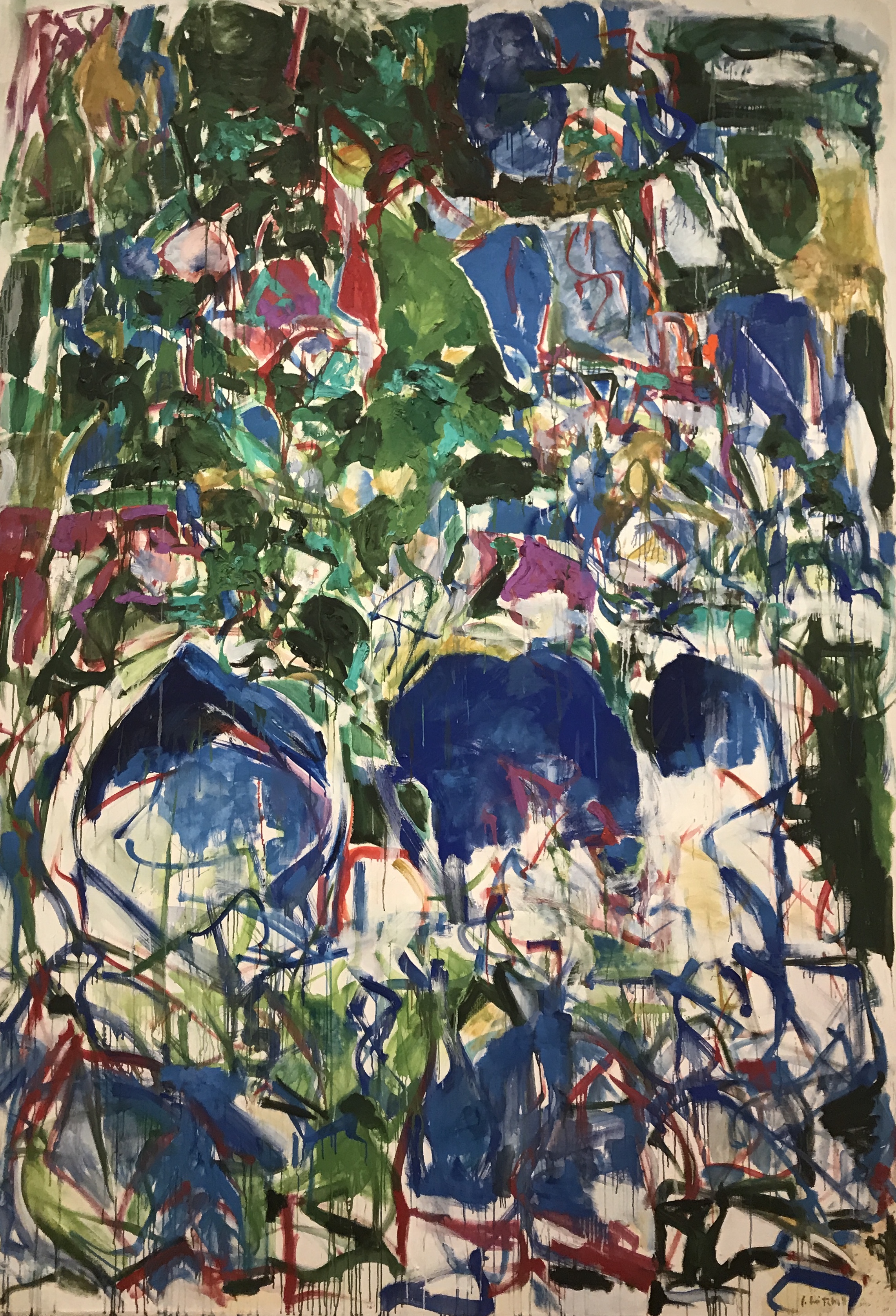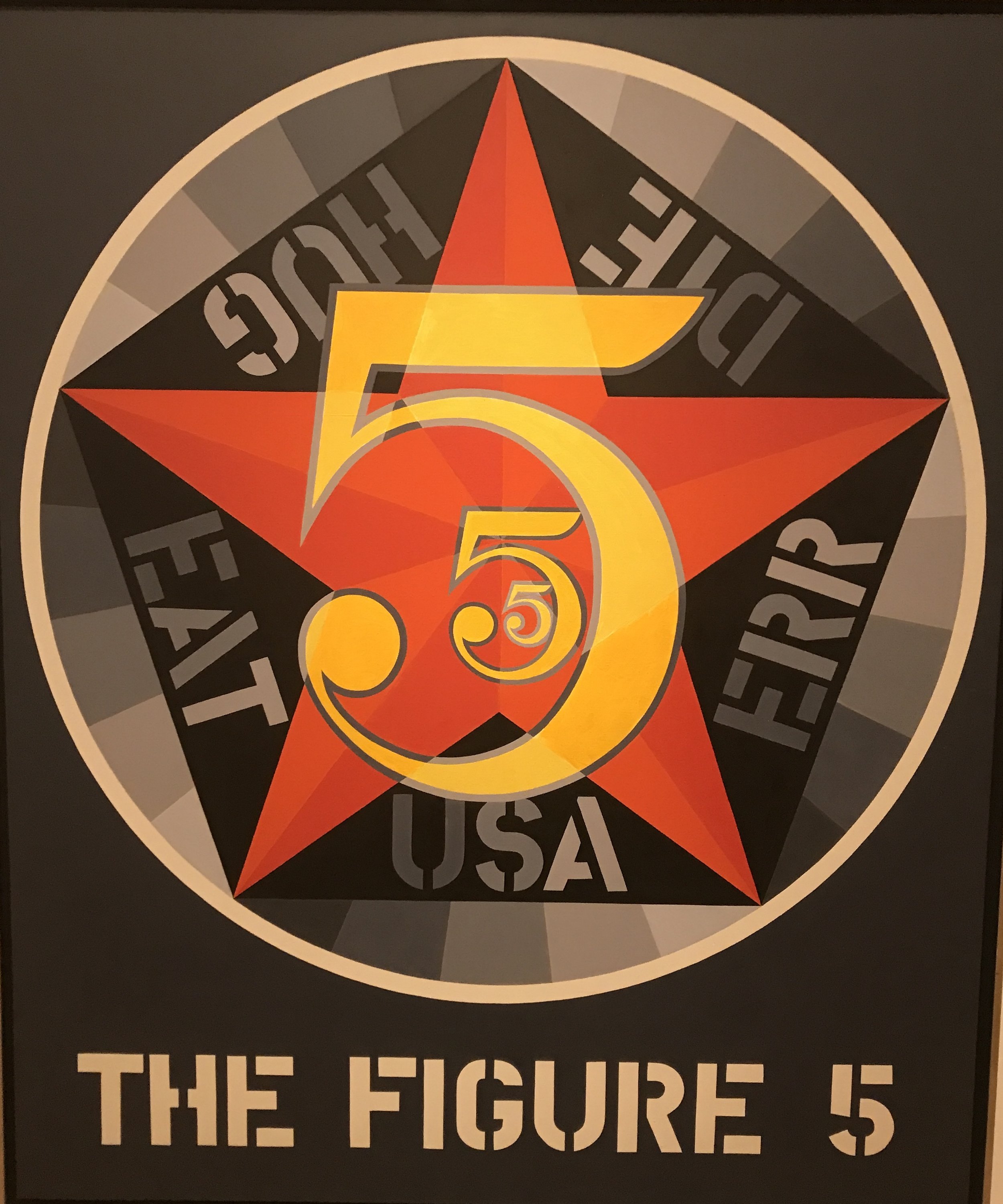Yesterday I started a painting of Ft. Pickens. I sketched the outline in grey, then added zinced down cerulean blue for the water, a light gray with an ultra blue-green tint for the tree line, zinced down yellow ochre and orange for the ground cover inside the fort, a sweet olive green in middle distance and on the oak tree and various orange and maroon hues for the brick fort walls. This was mostly applied in short strokes with the bare canvas showing through. Whatever shortcomings it had, this first set of touches had a nice feel and color harmony.
I have taken pictures of stages of work for awhile now as a way to learn what I am doing. There are painters who have the end product fully formed in their minds when they begin. That is an extraordinary talent. But it's not how I work. Every time, every stroke, every drawing and color choice is a product of the moment of perception and reaction. It could go in a number of different ways, bit by bit, provisional every step of the way. It involves a certain kind of concentration like contour drawing. At least, at my best, this is how it works. The one who was the best at this approach for my money was Cézanne.
Whenever I'm distracted from that moment of perception, or become tired, or decide to step back and look, then a different set of habitual thoughts kick in. These include "are the shapes right" "is that the real color" "is it sloppy there" "let me fill in that space" "does it need some drawing details," to name a few. So I'll carry on with these in no particular order. As I "fix" one thing, other parts of the picture fall further into or out of balance. There's a middle period after the first set of touches where I end up fixing some things and losing the fresh touch by housepainting, just moving back and forth with no attention to the vitality of the stroke. There are times where I have to render something more carefully and the dilemma is to ensure that doing so still blends in with the fresher parts. At some point I arrive at a near end, then the final few tweaks and it's "done."
After painting this scene, I am thinking about using a rule to only do 2 hours at a time and then set it aside, so I can come back the next day and really appreciate what's good and fresh in the first touch.




